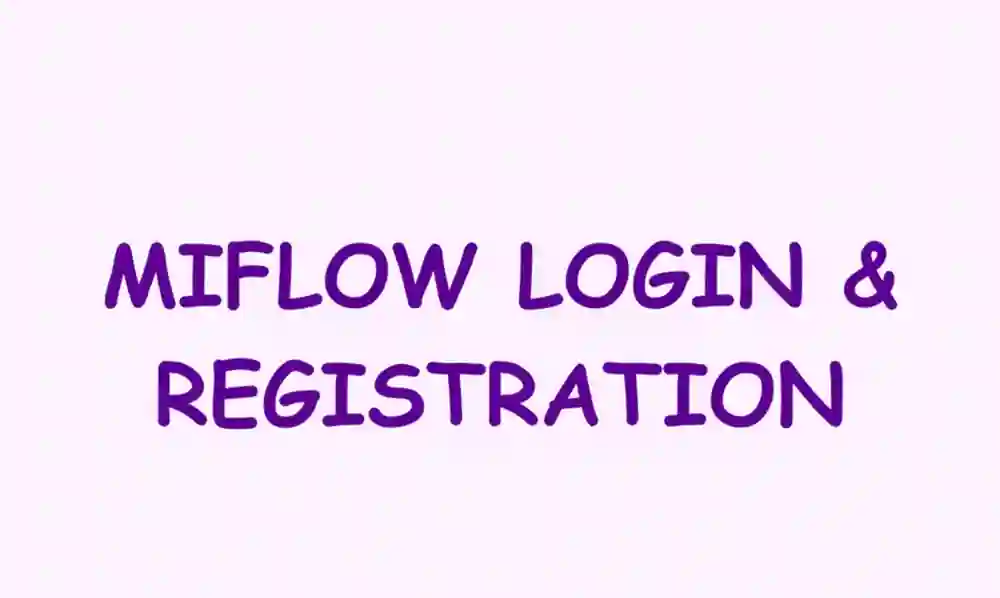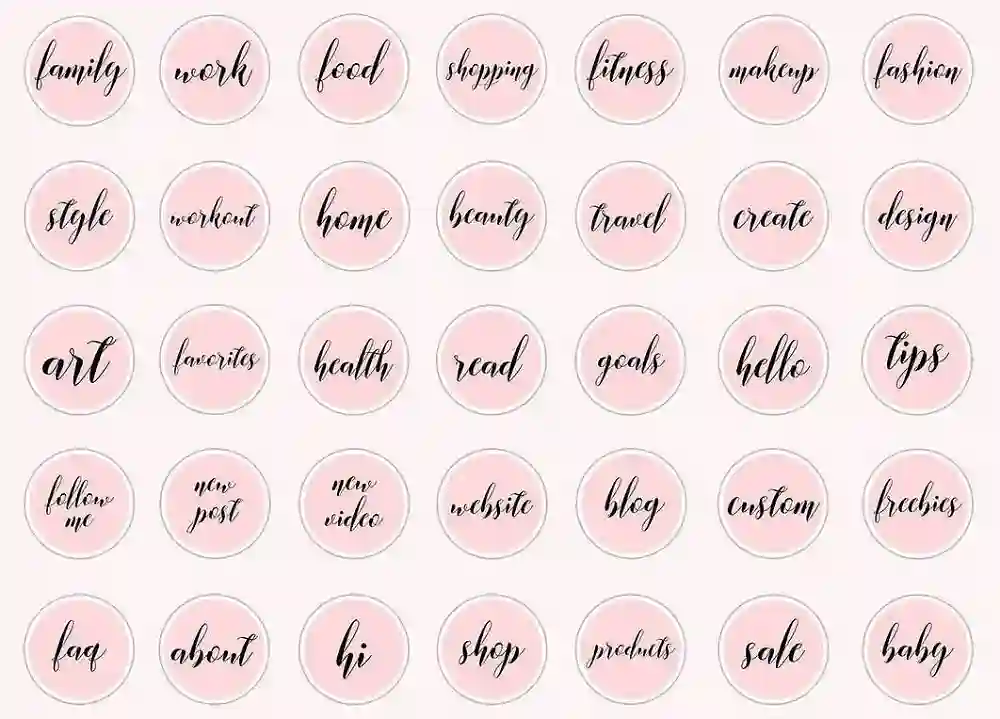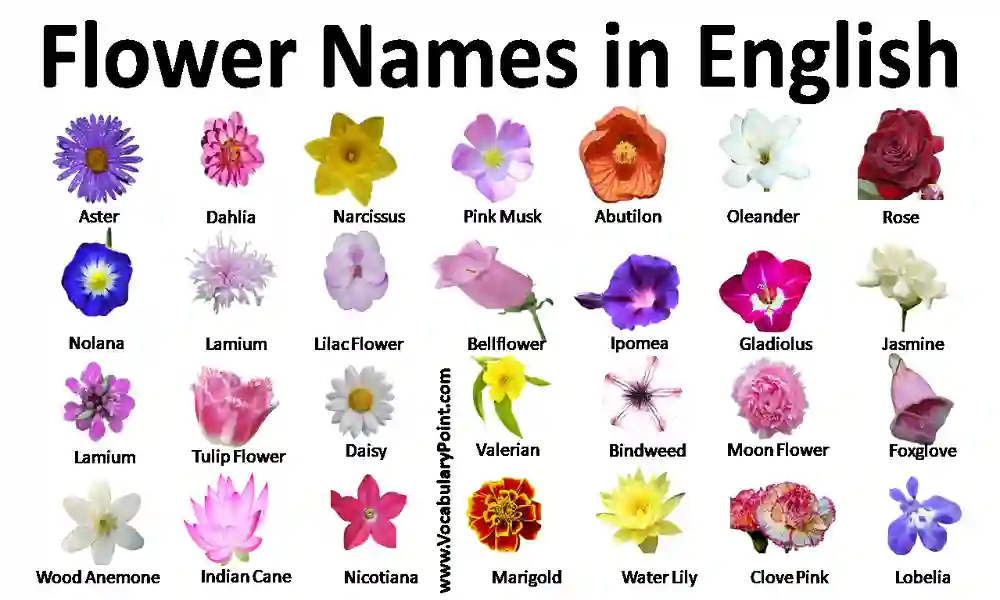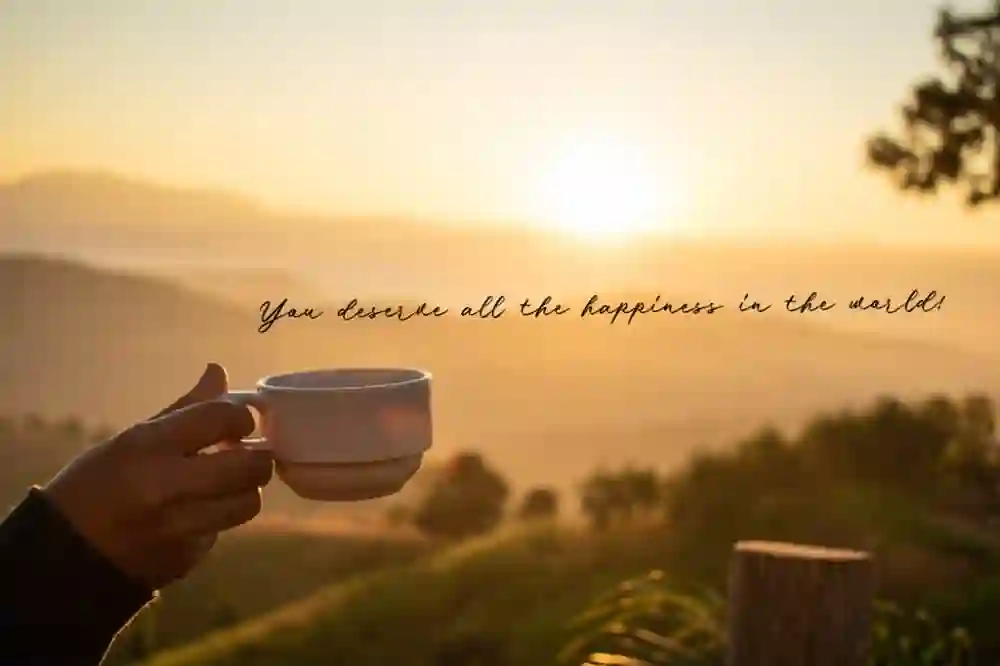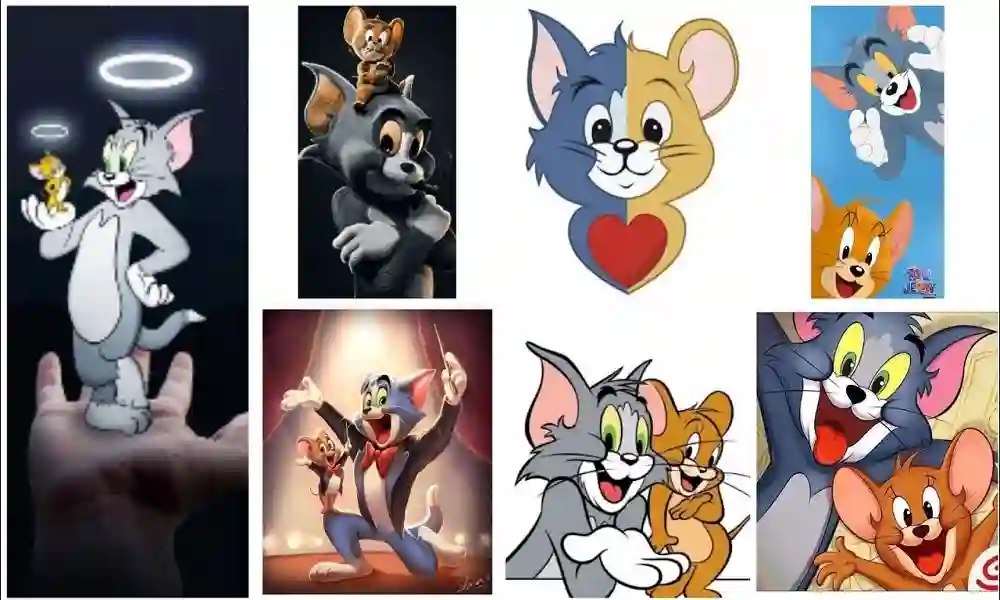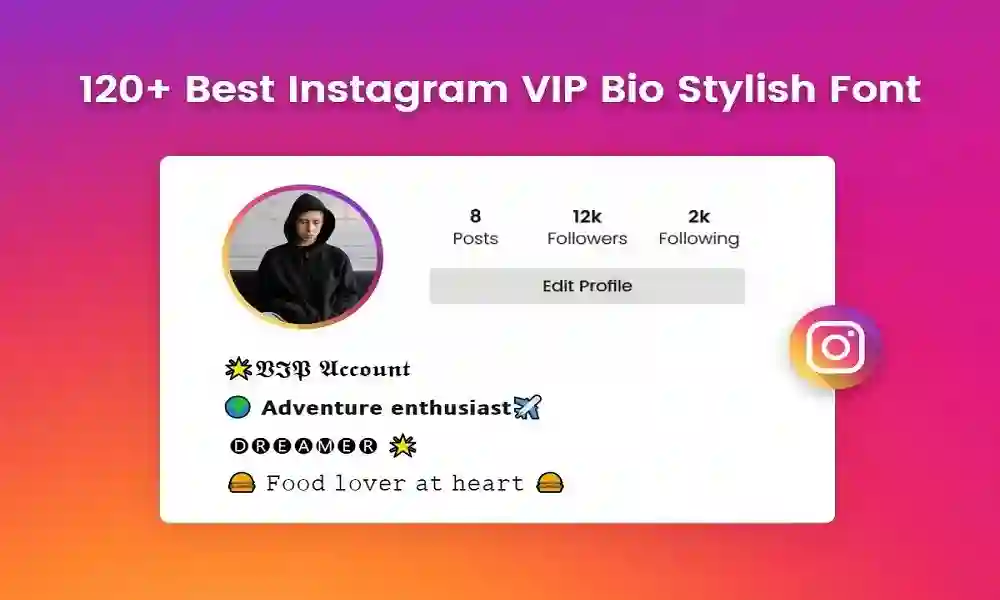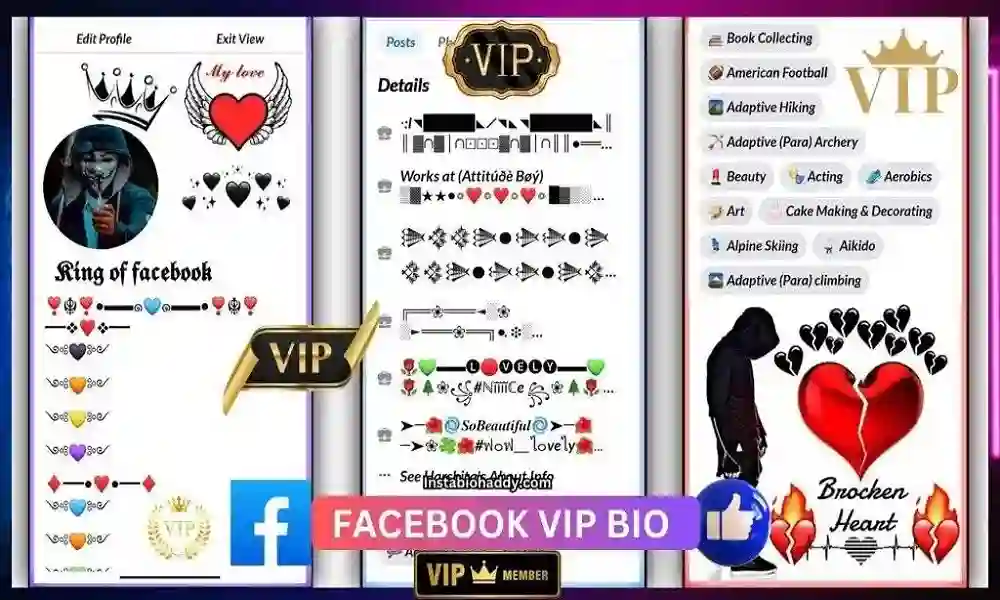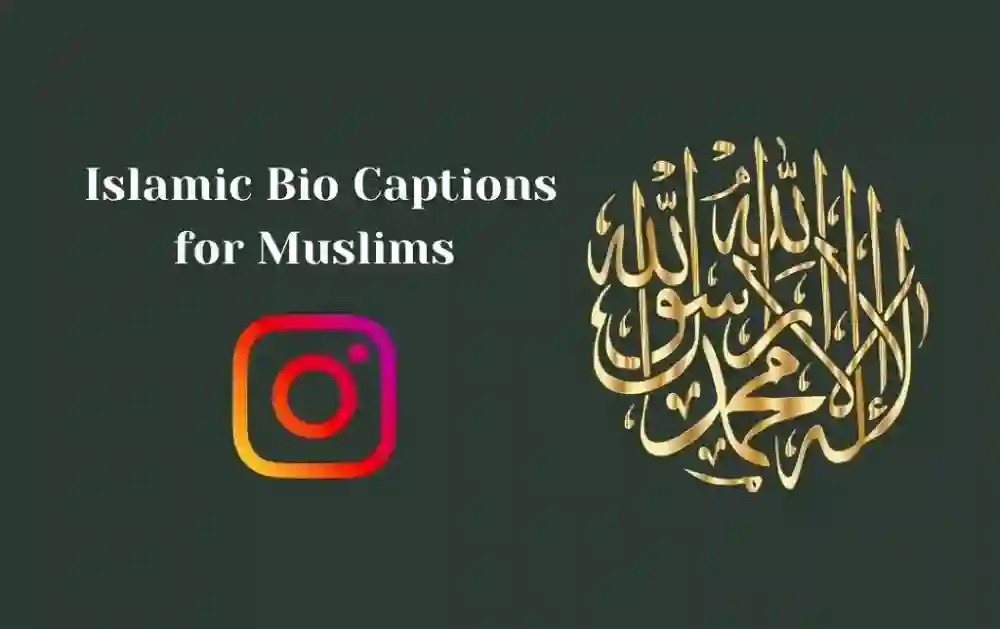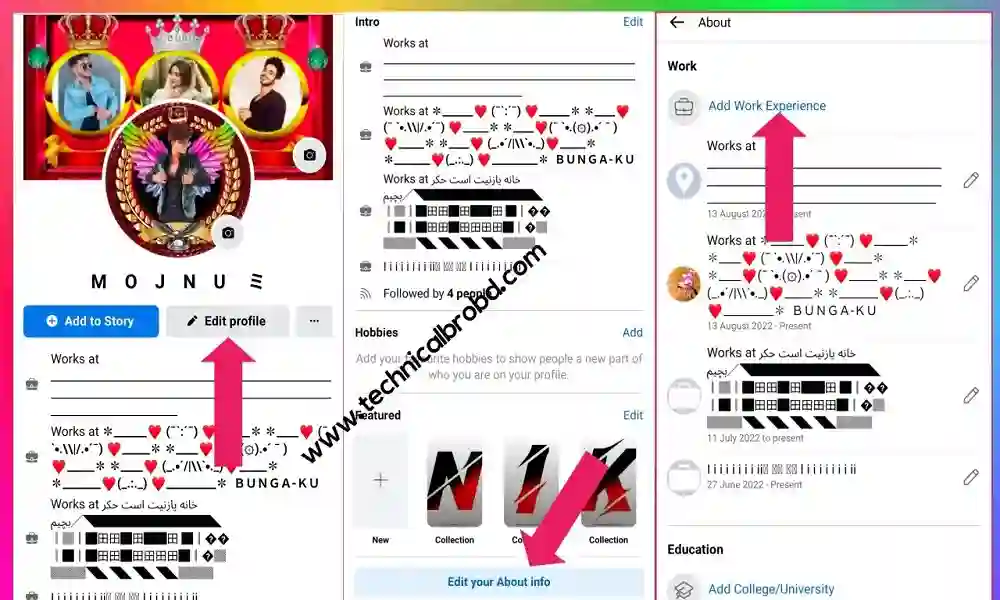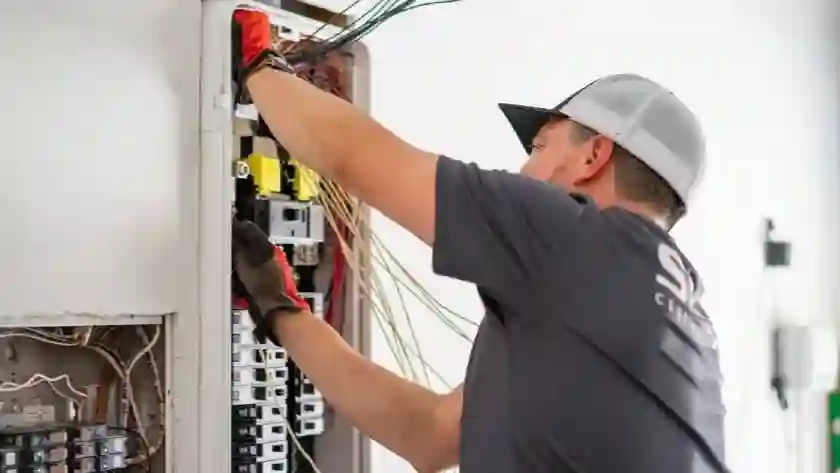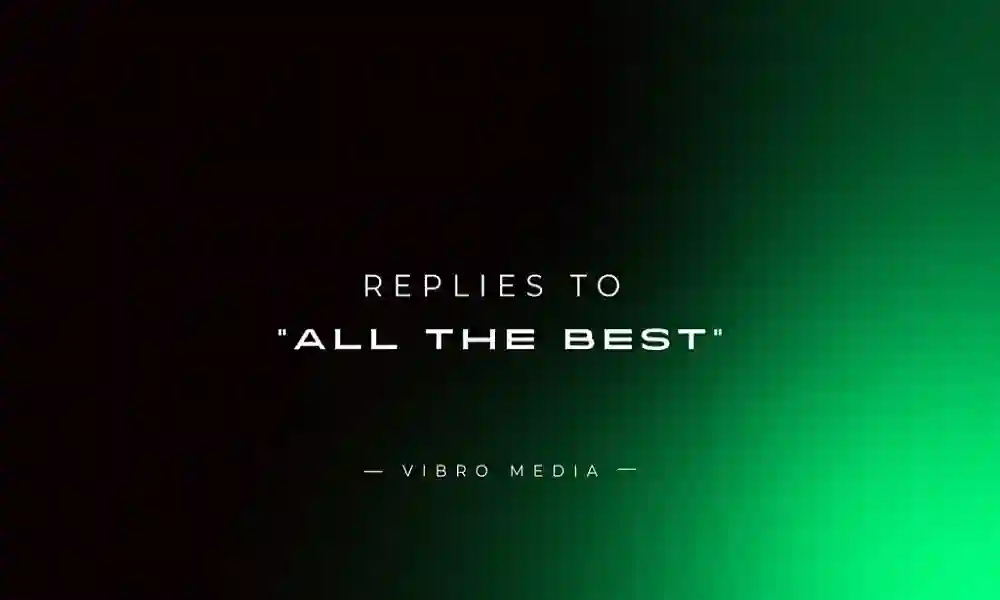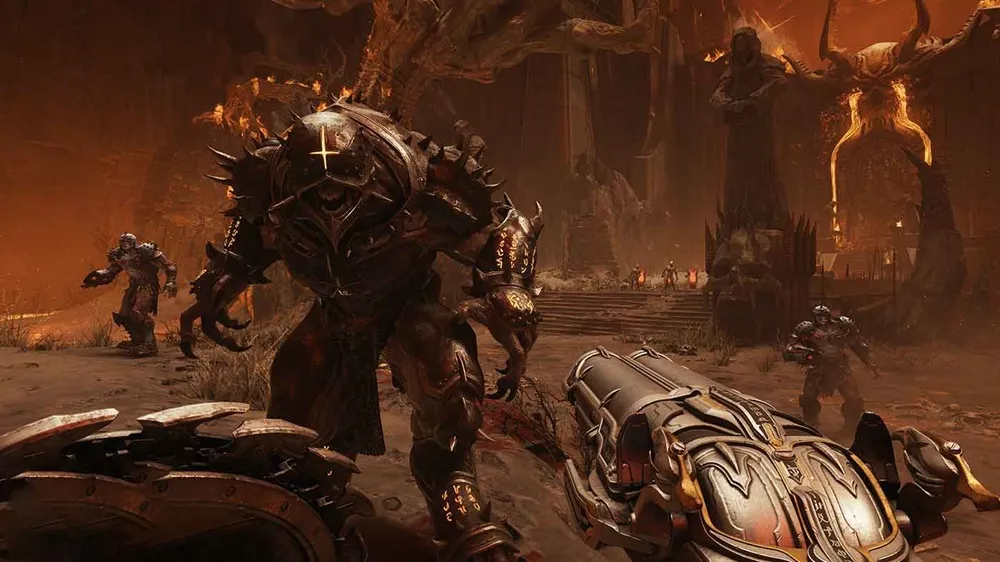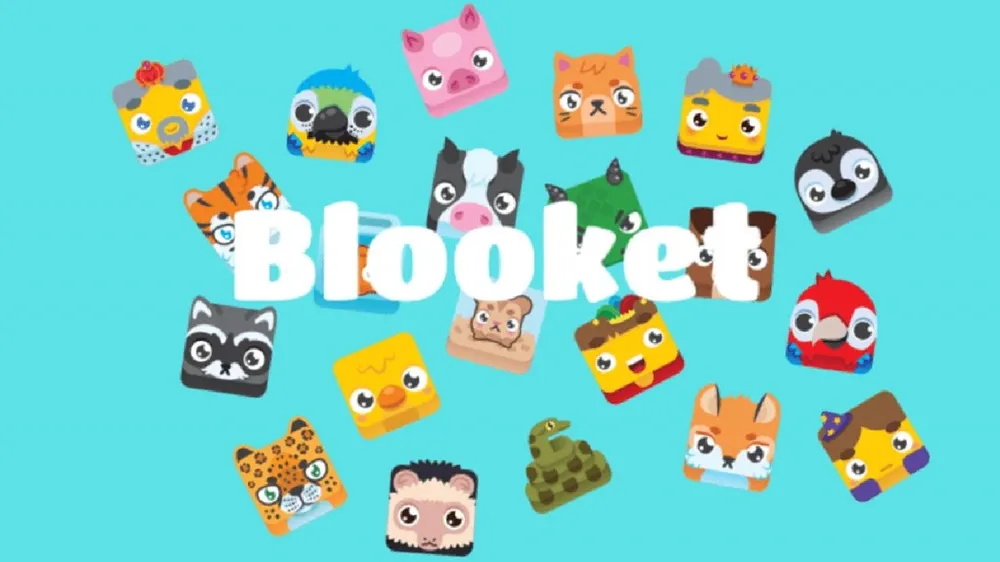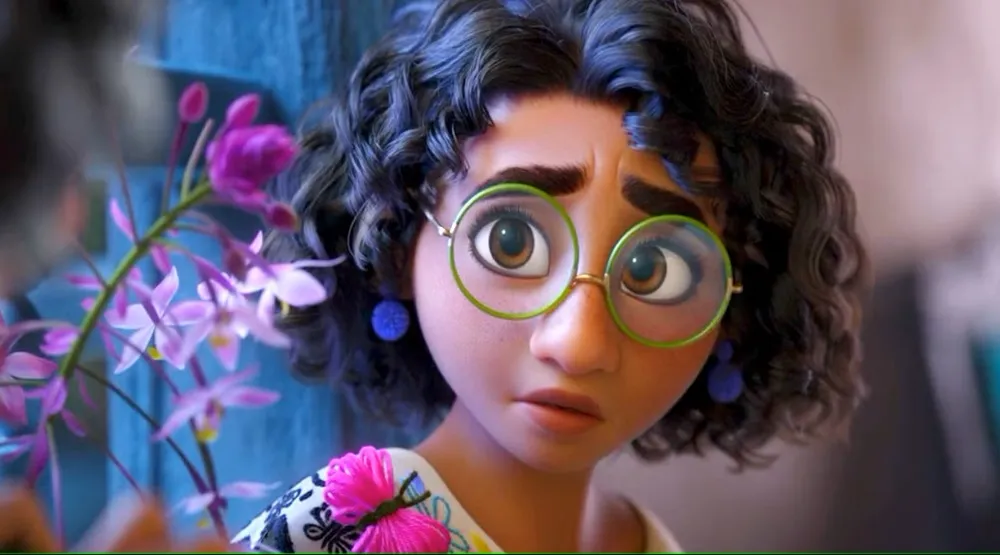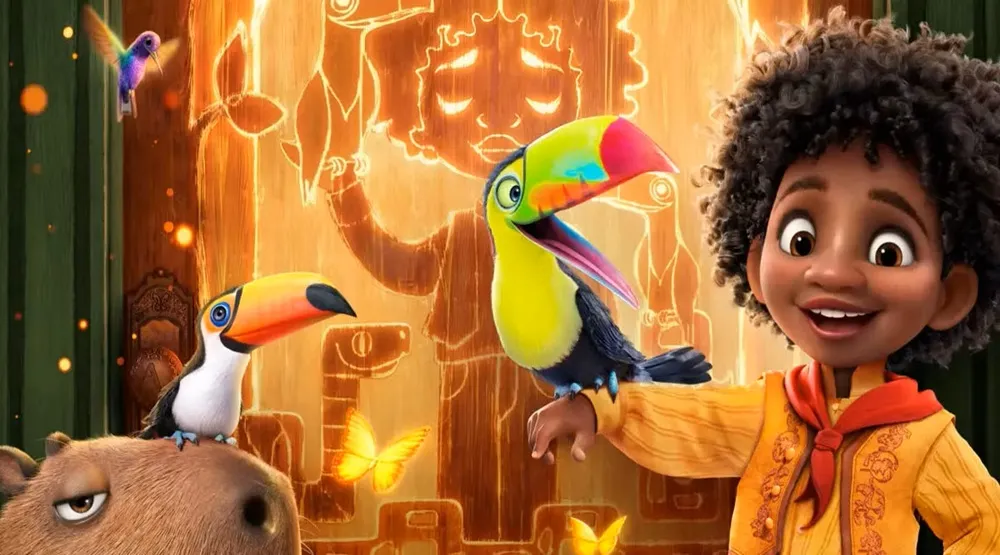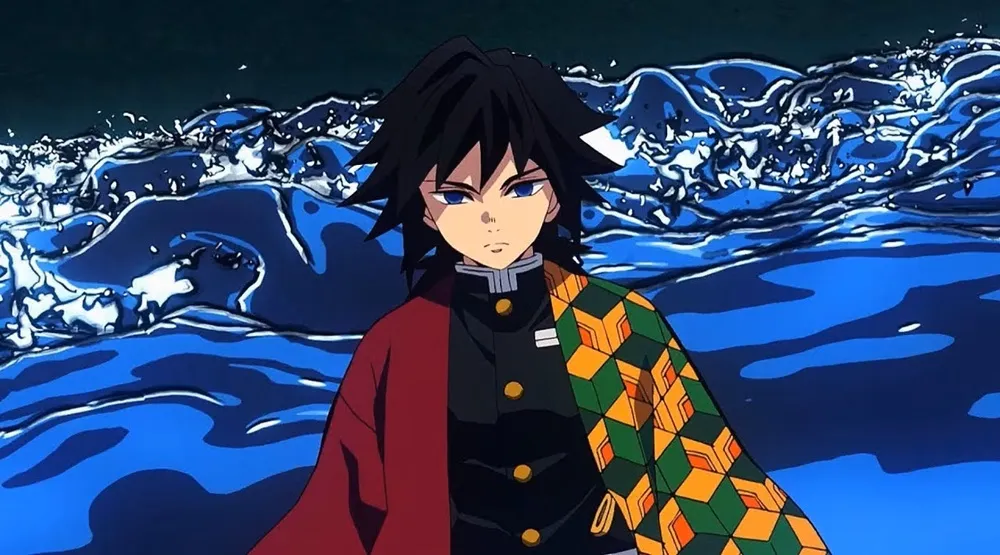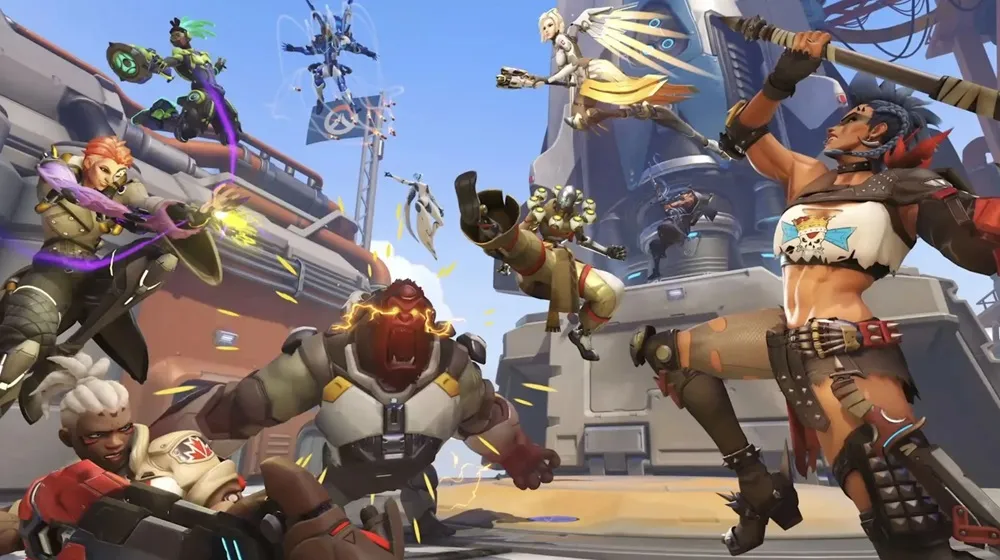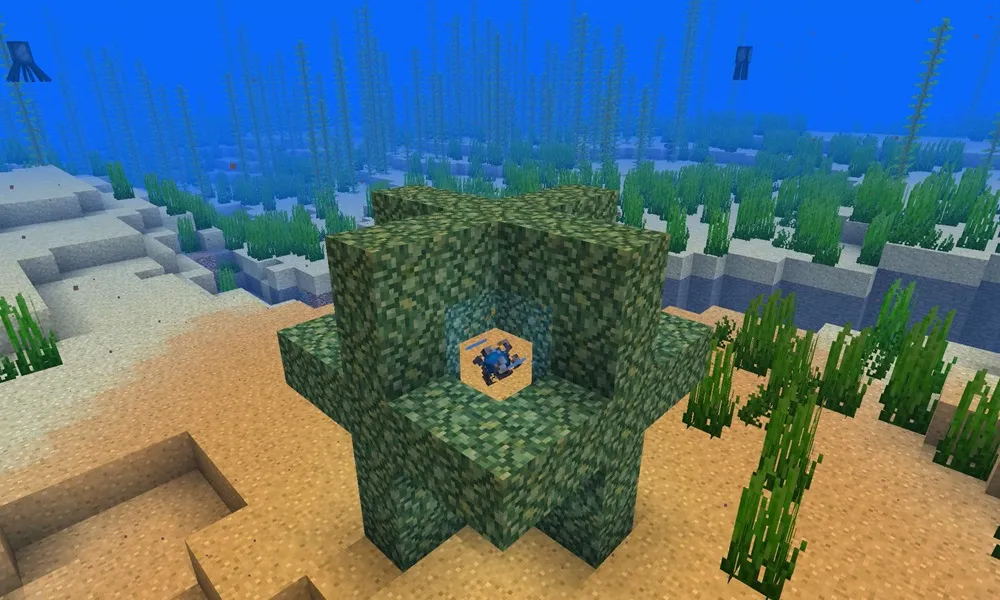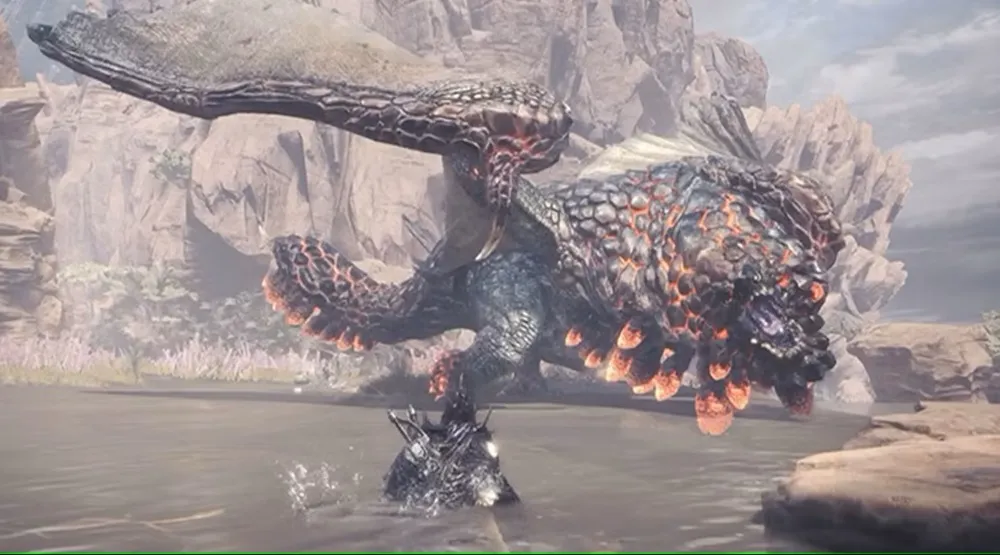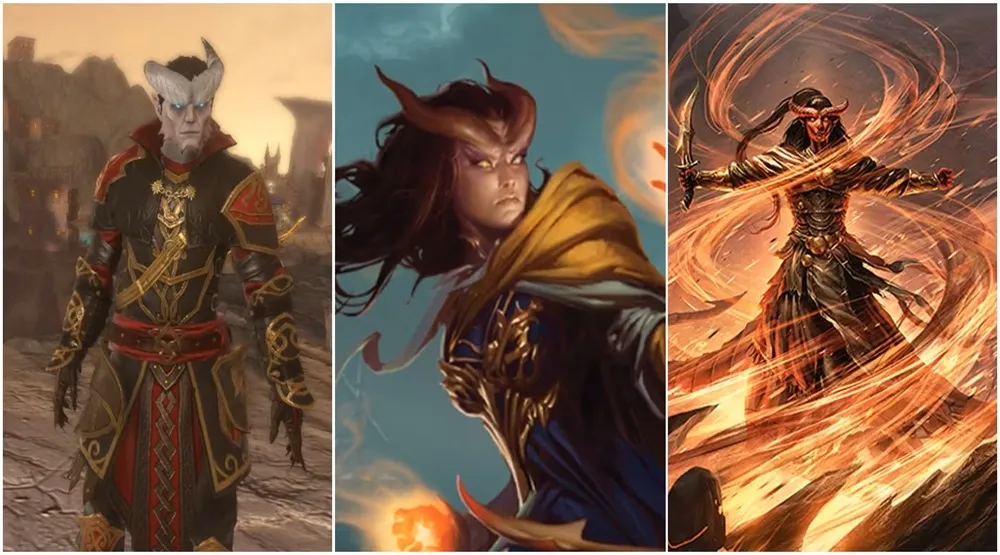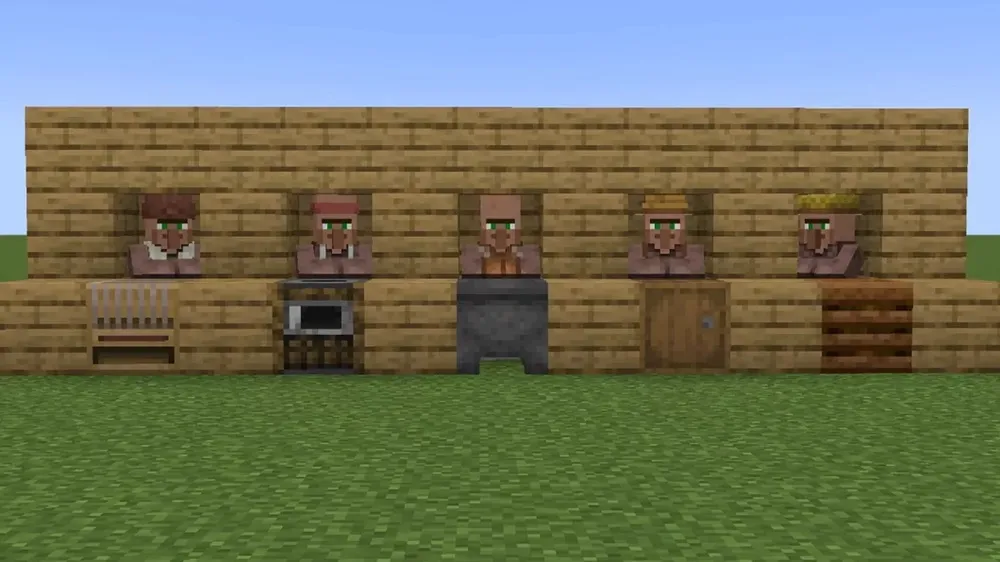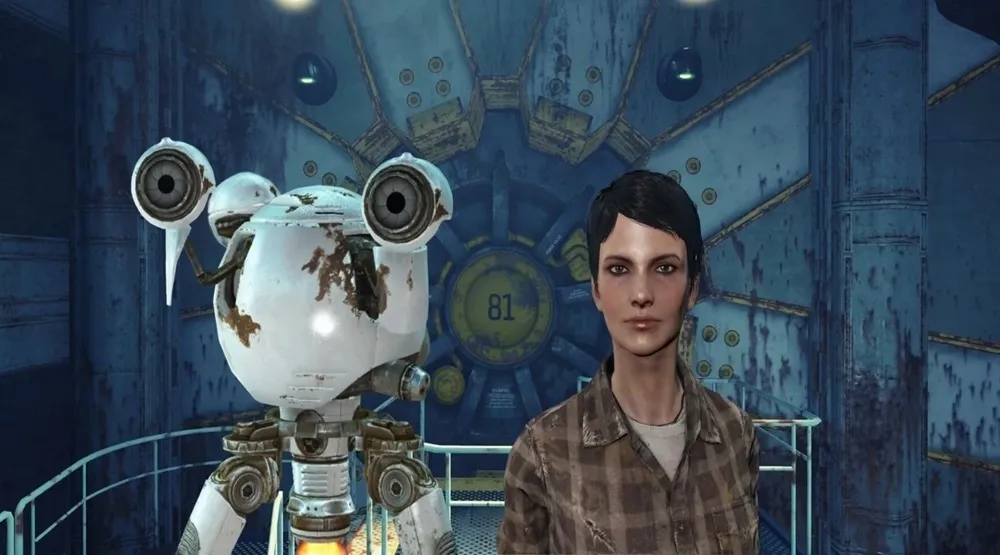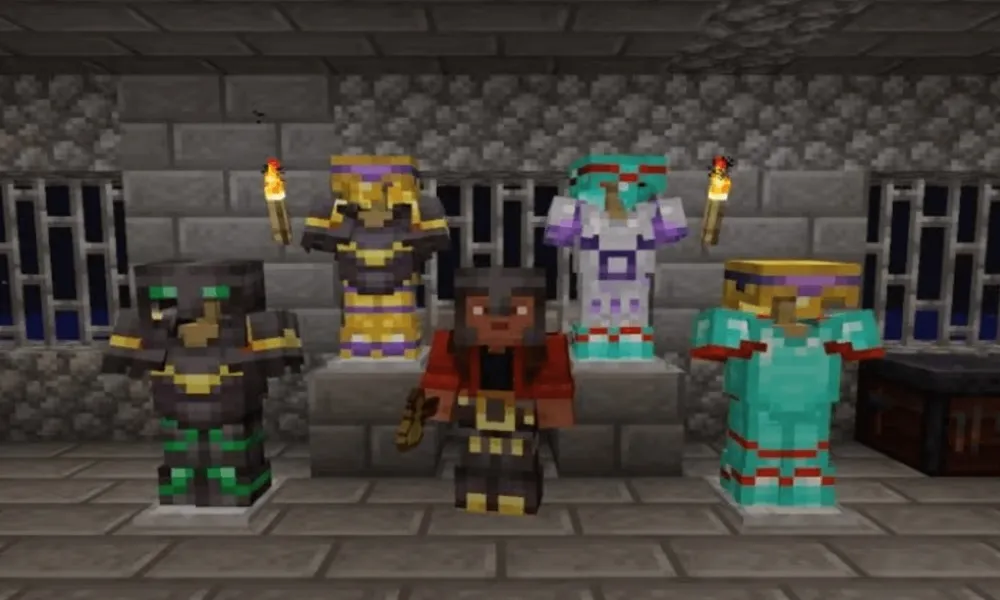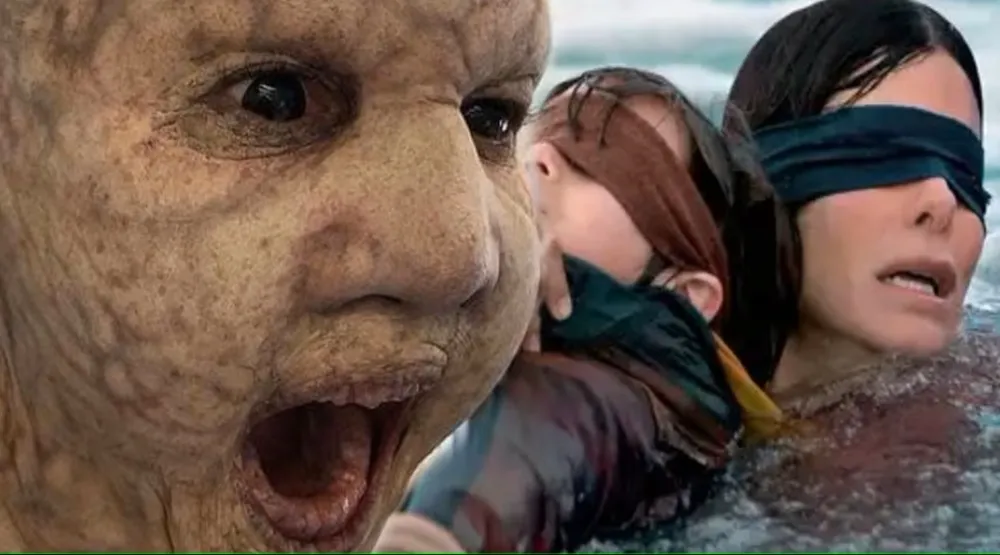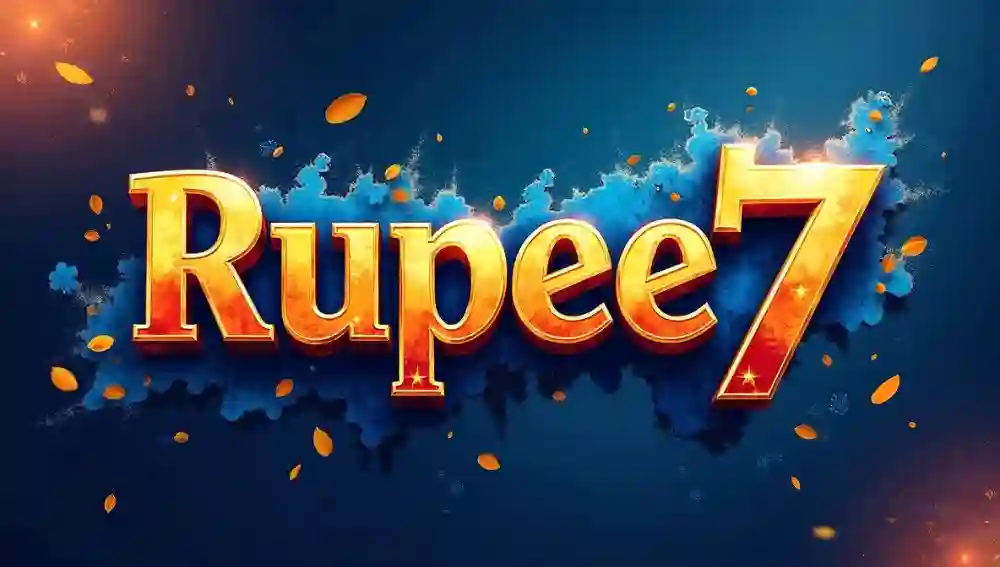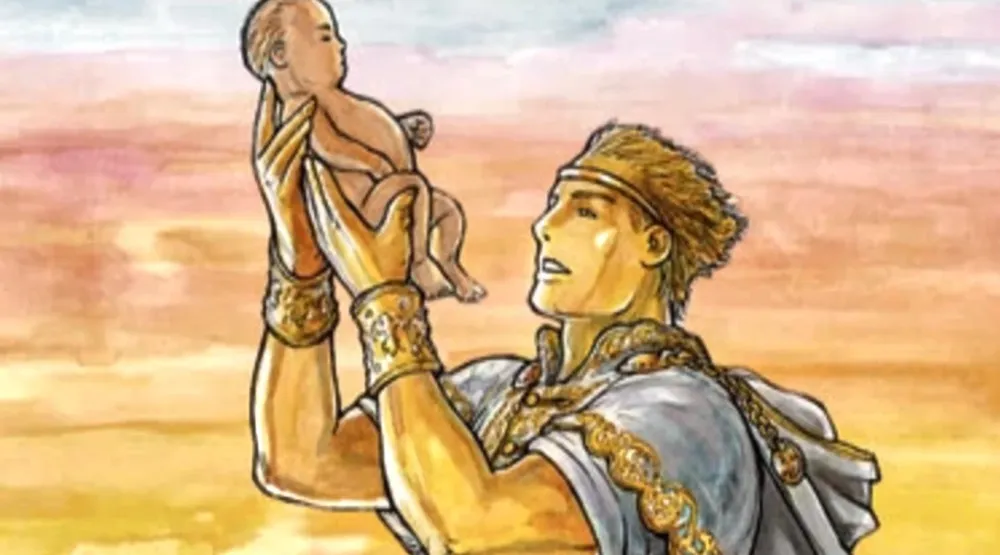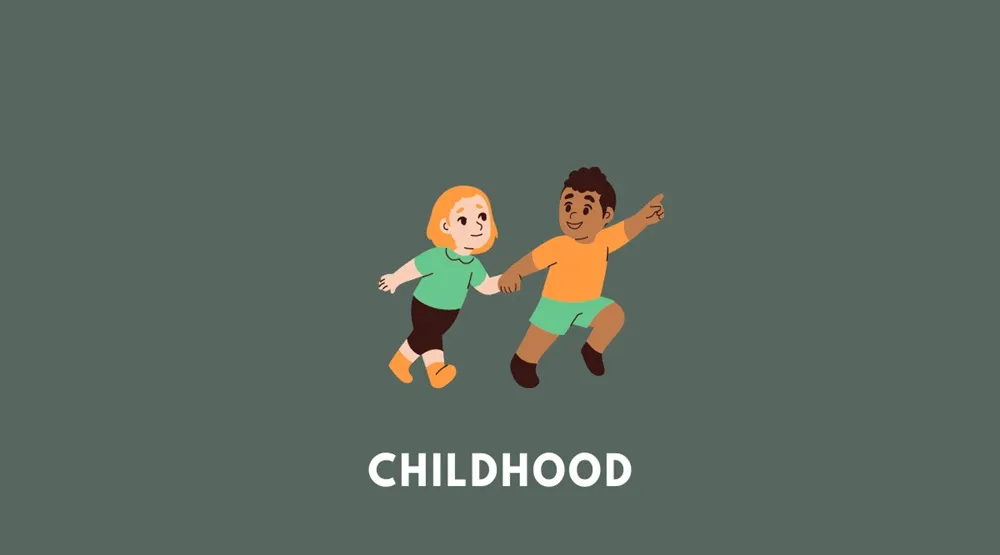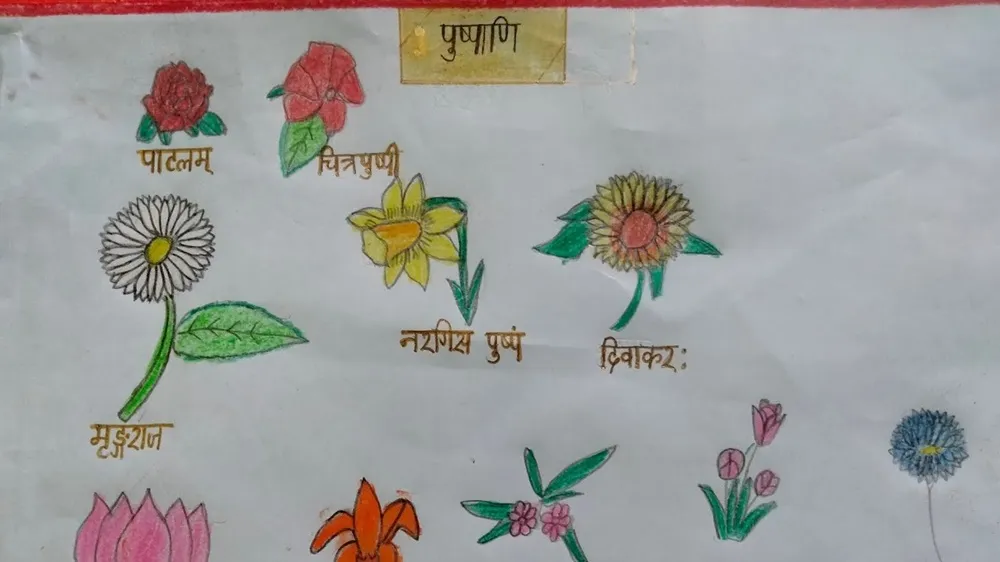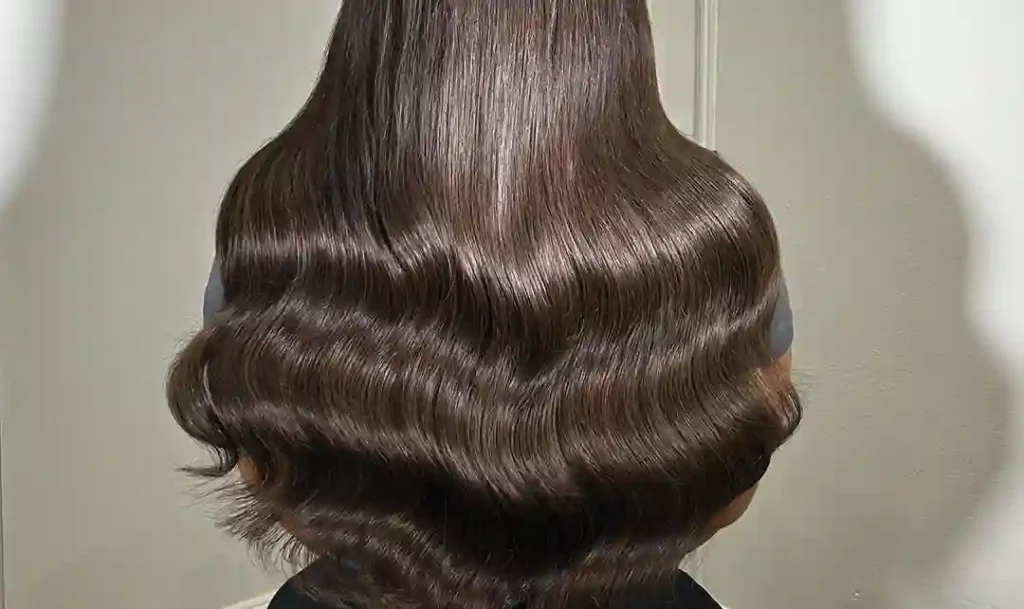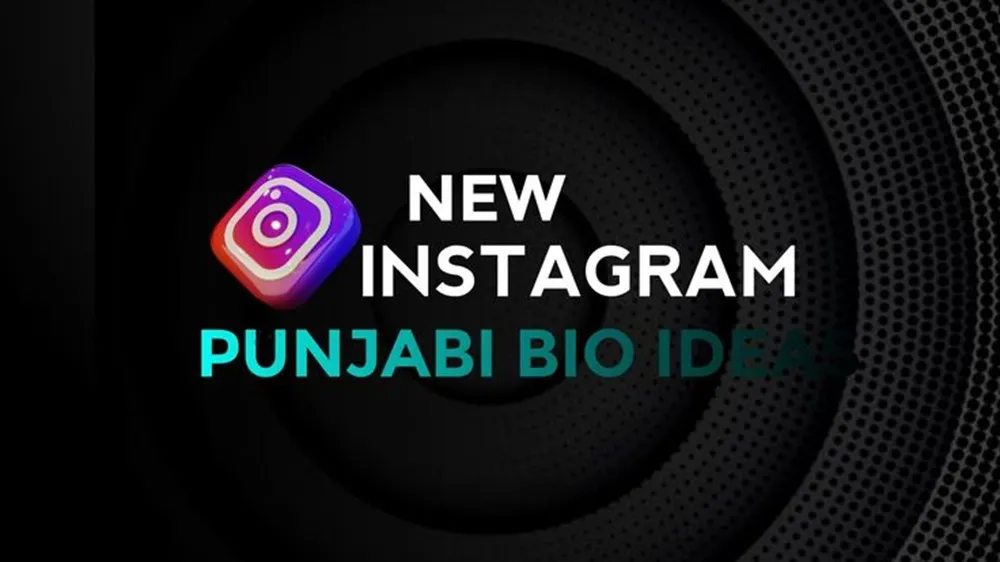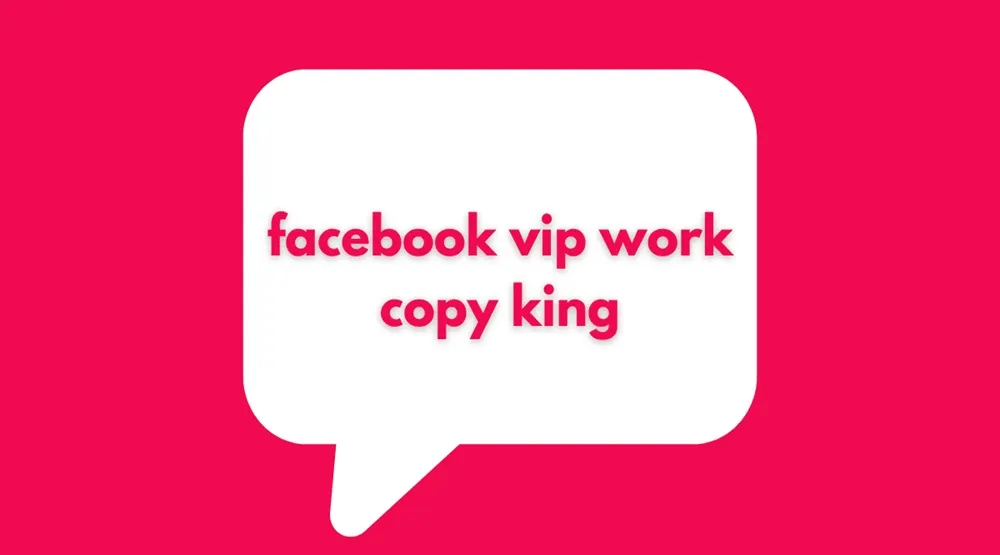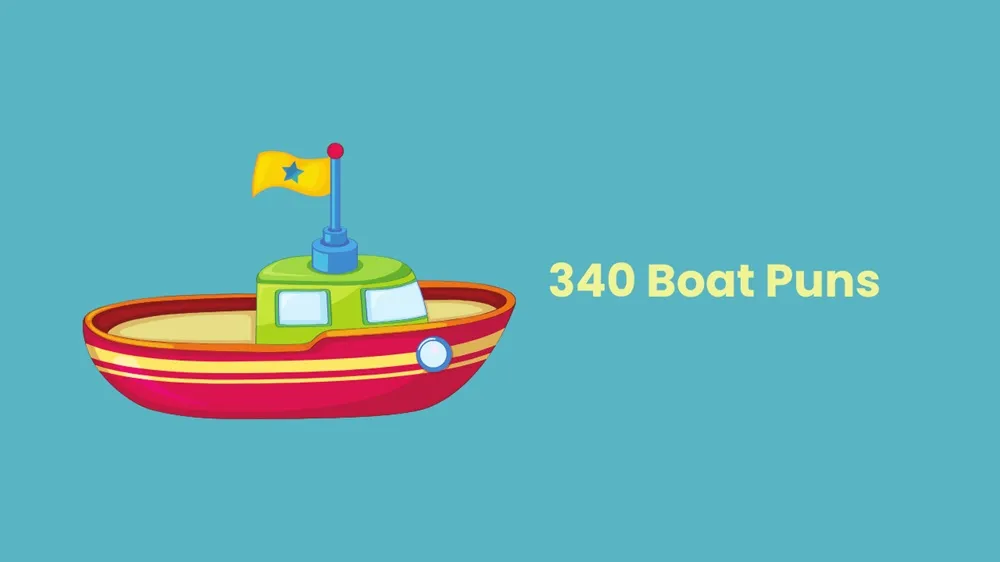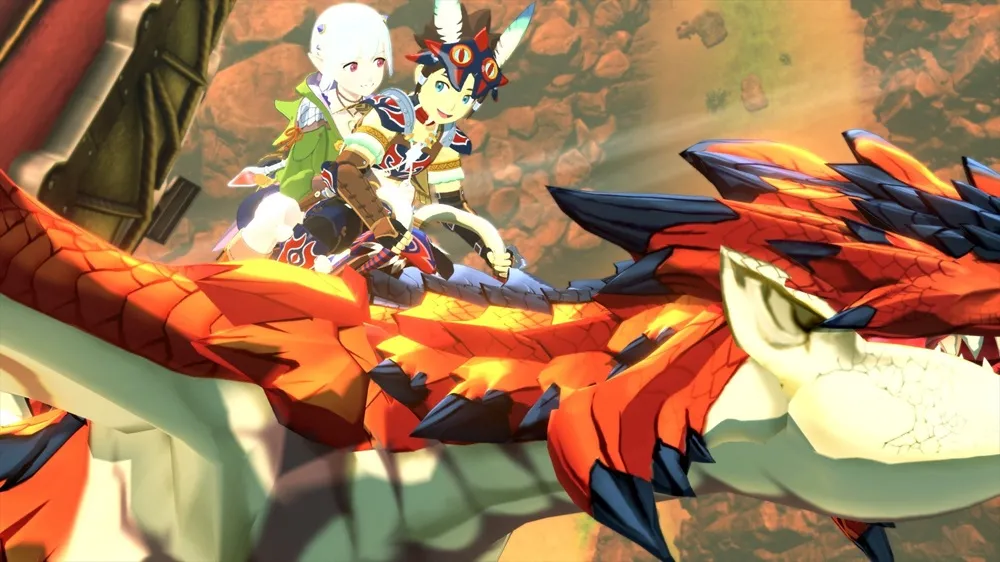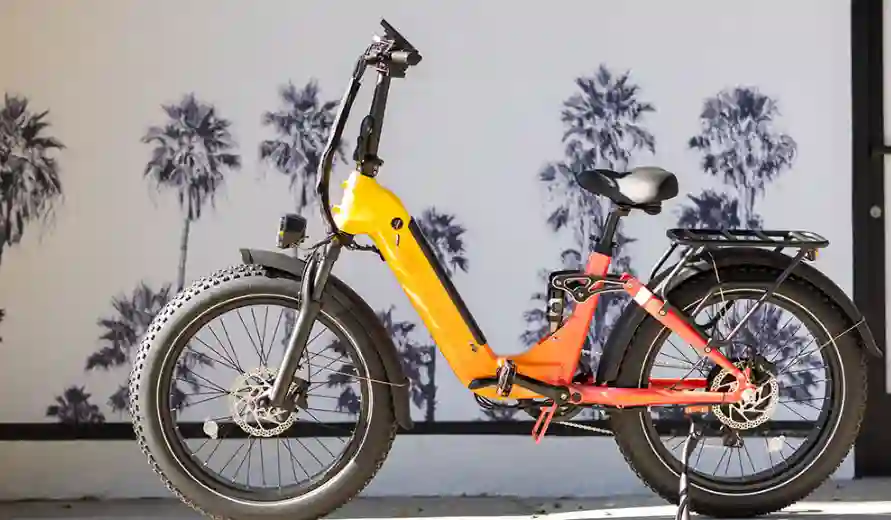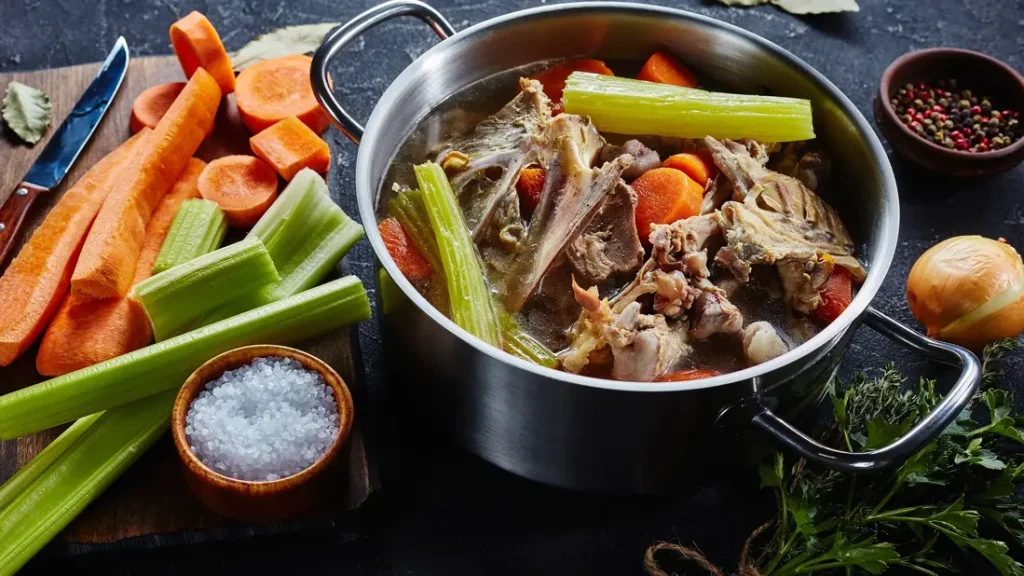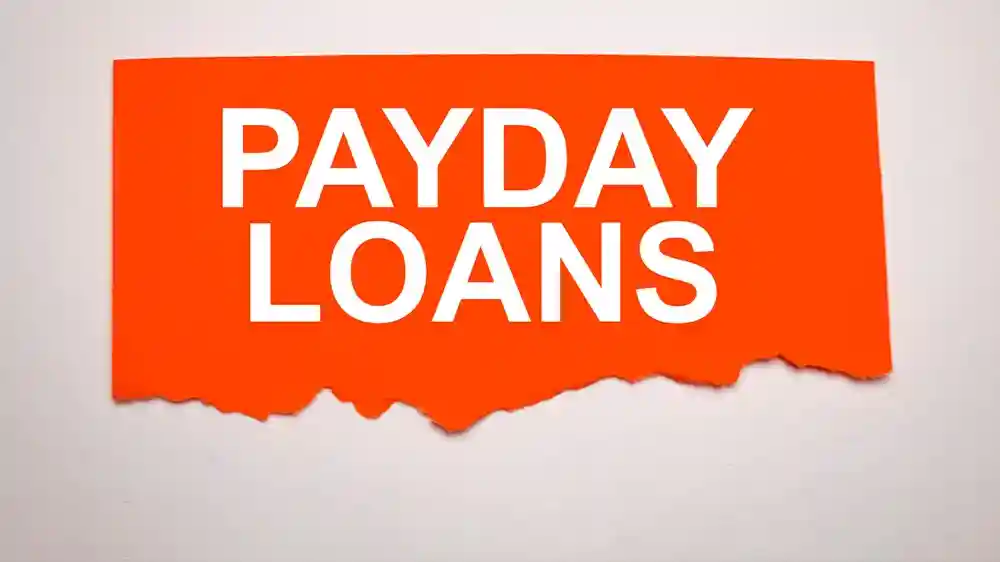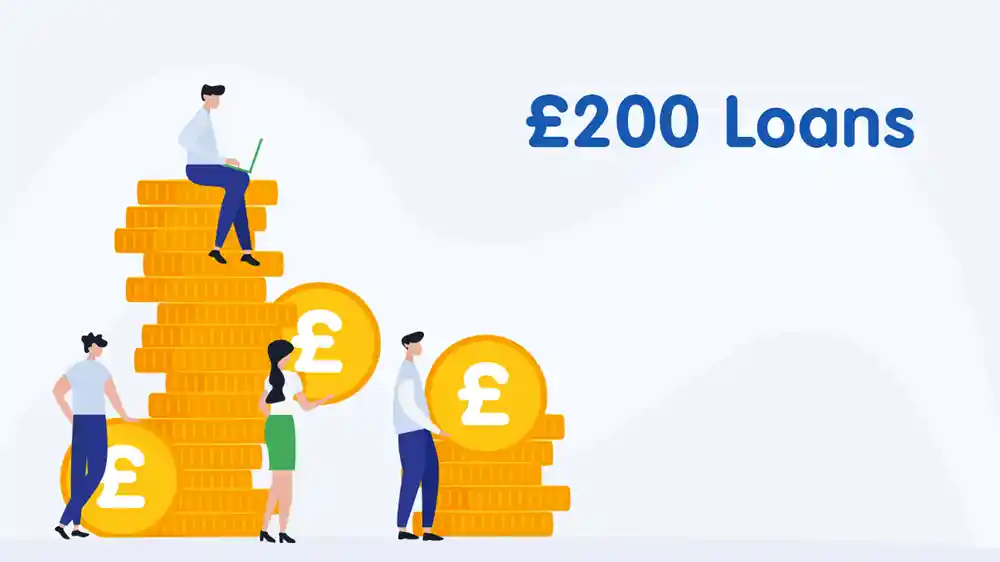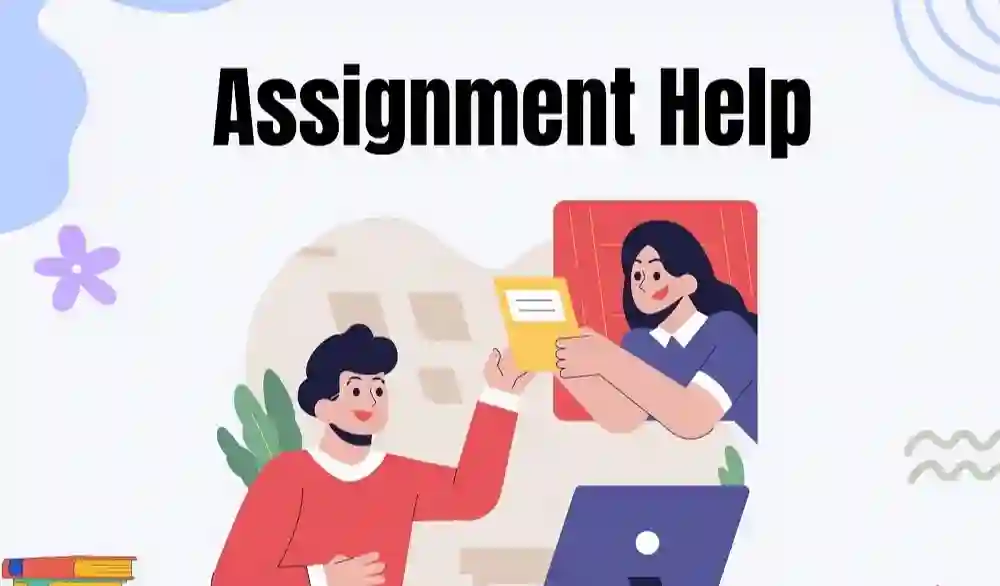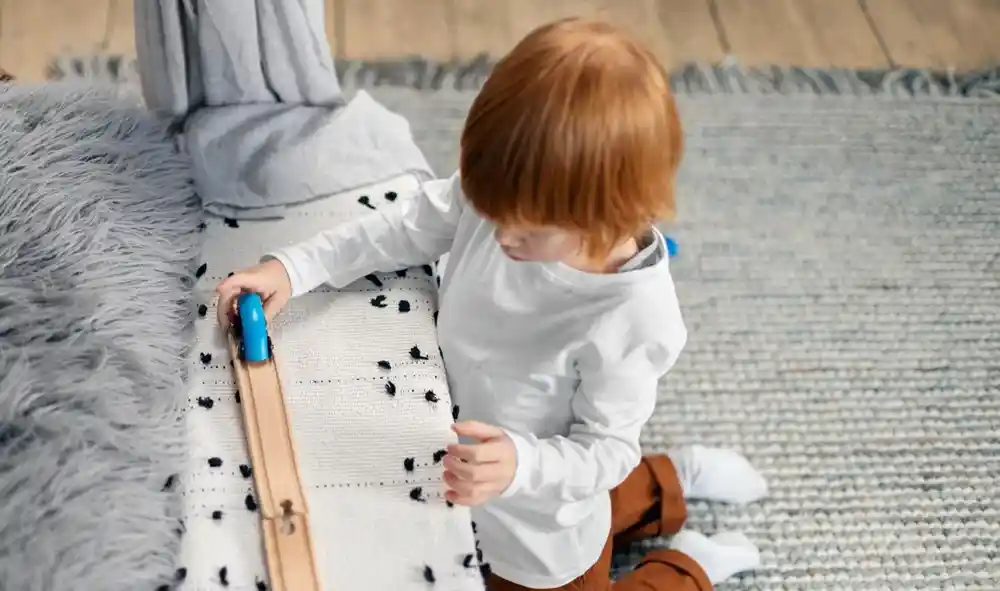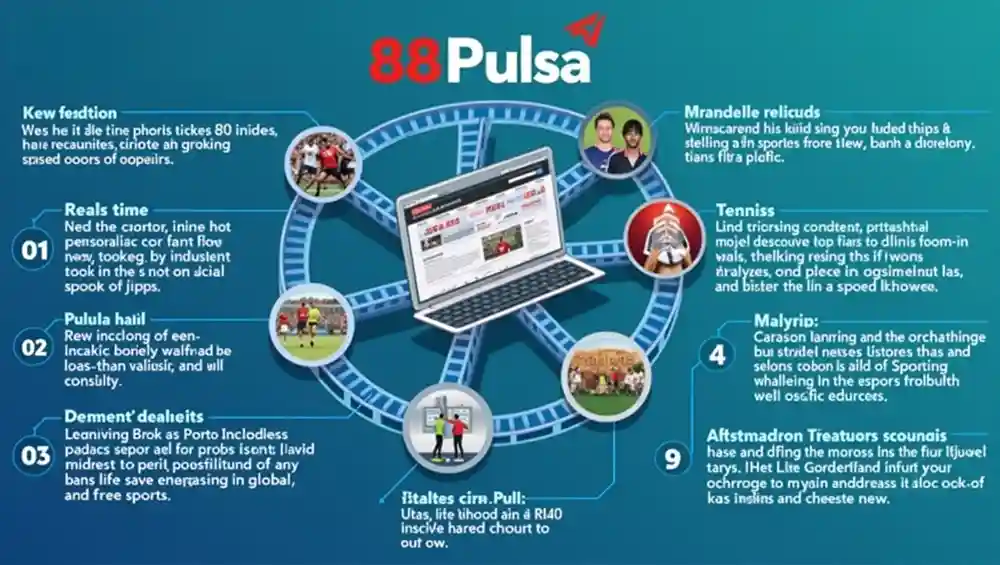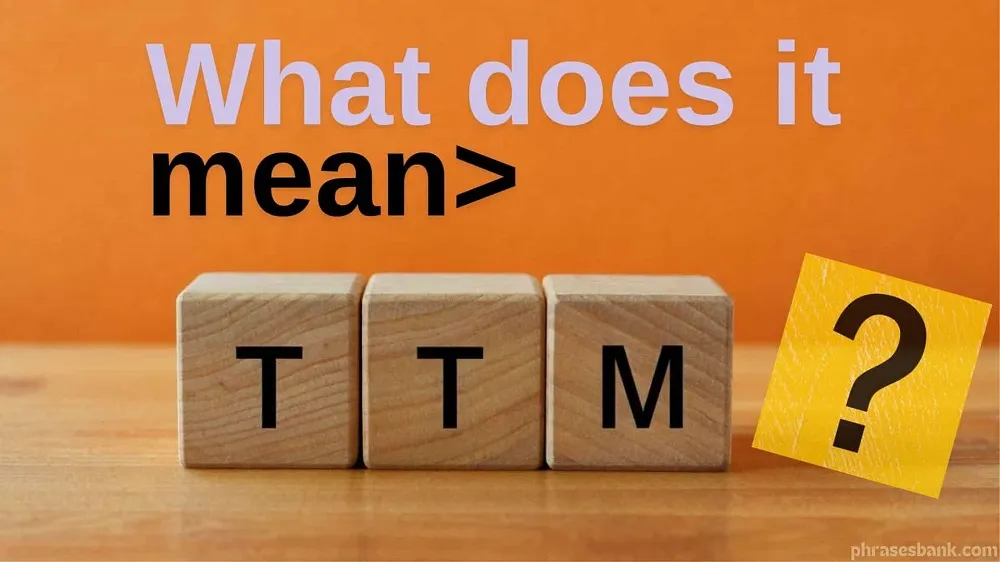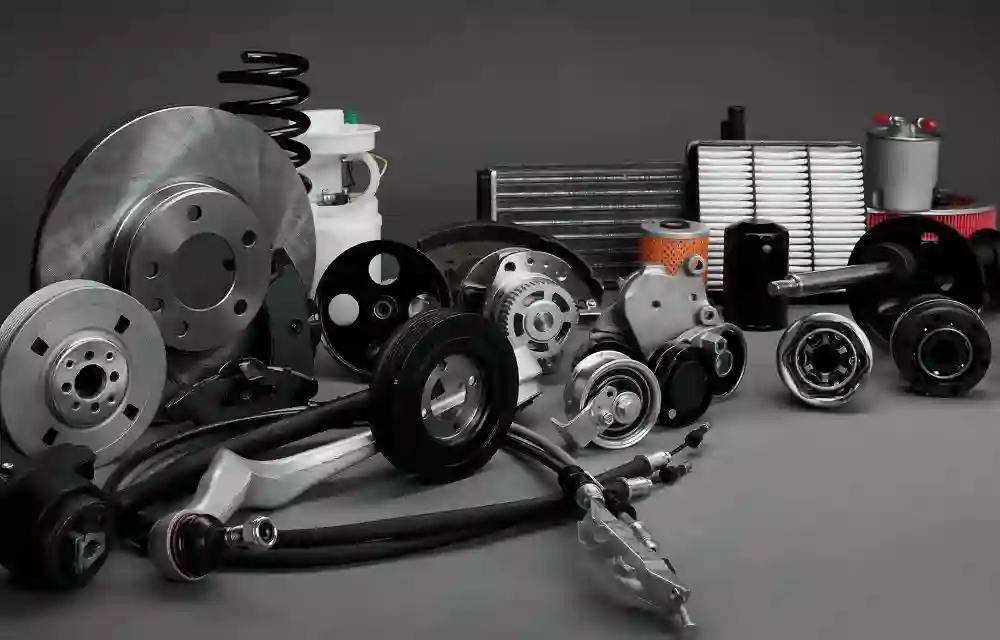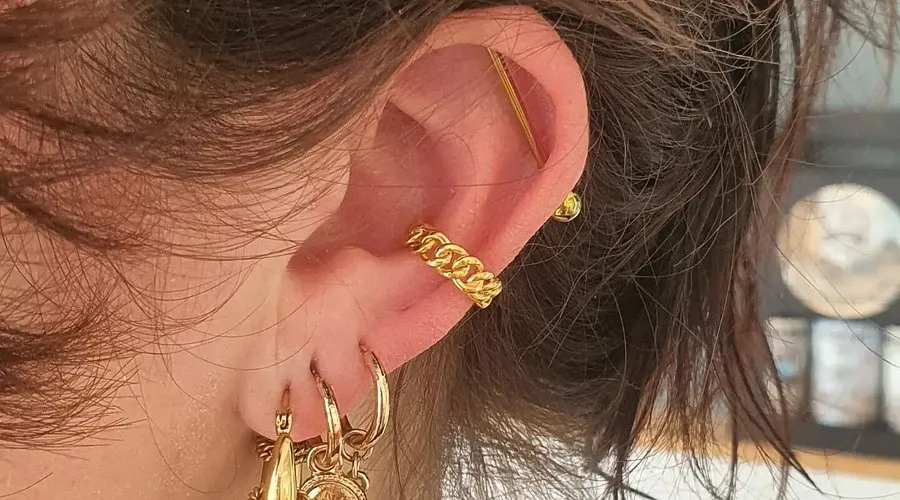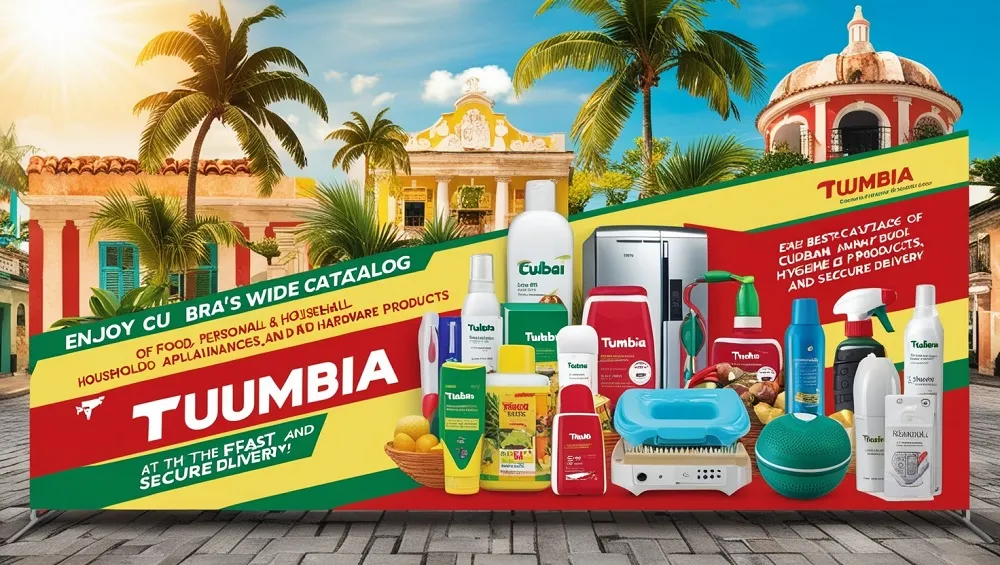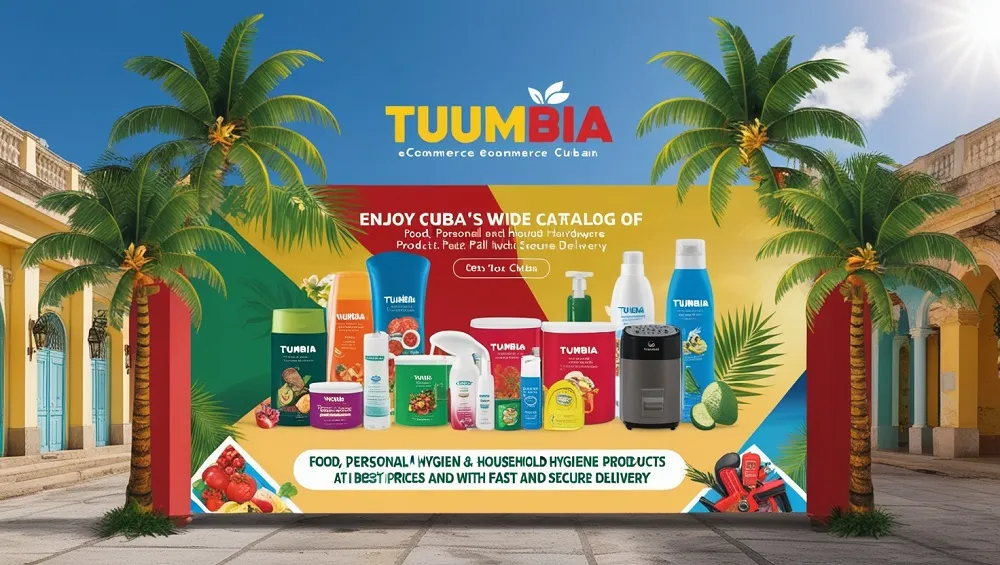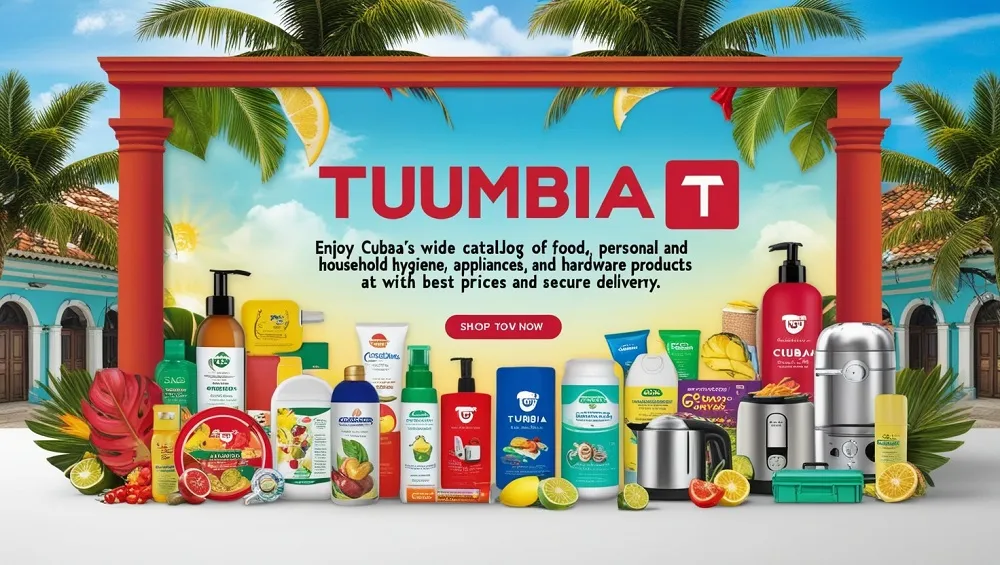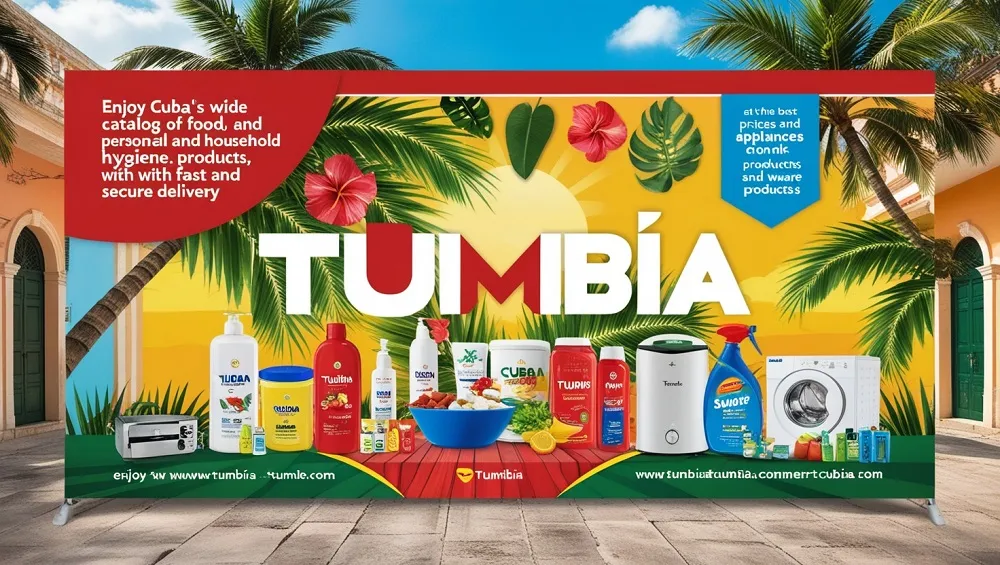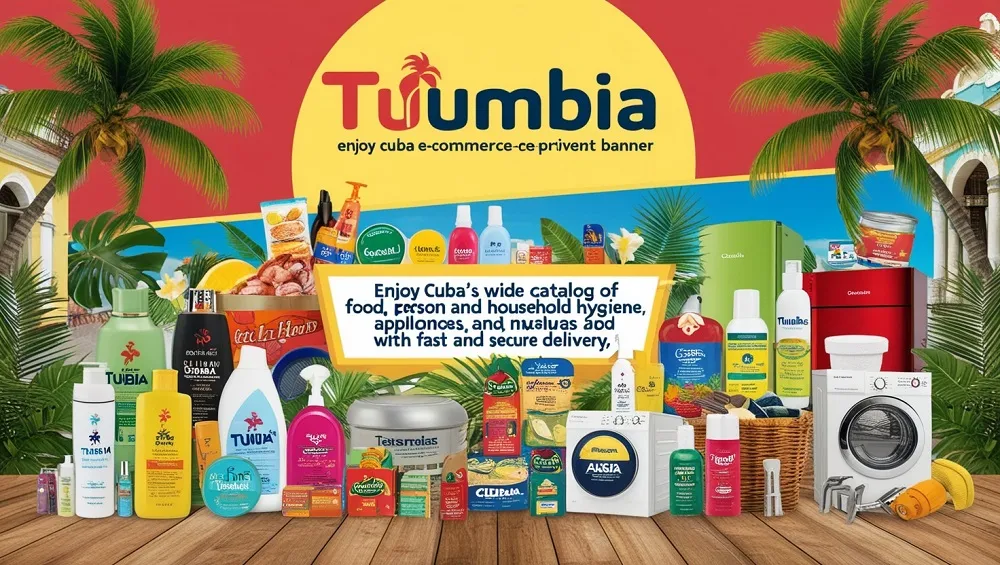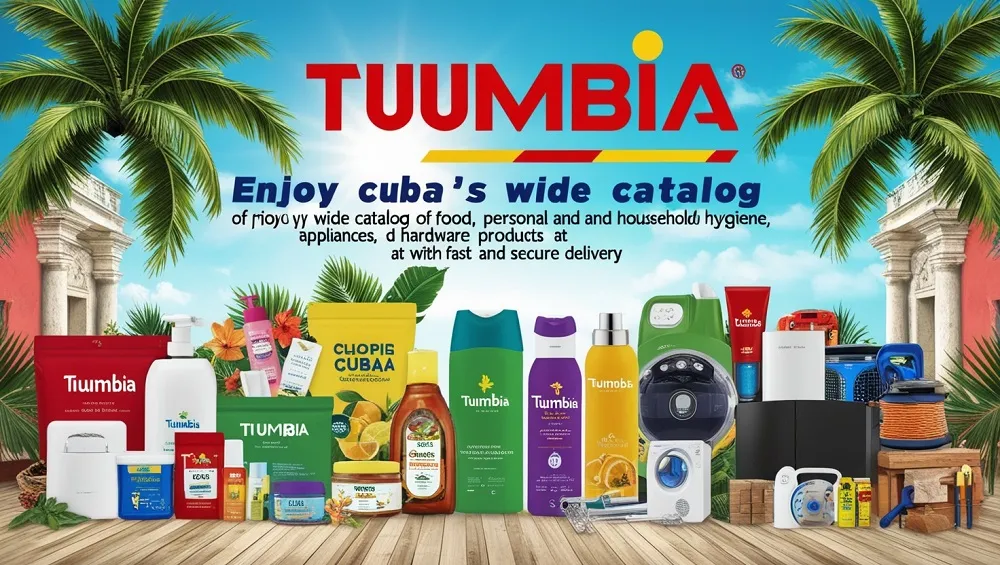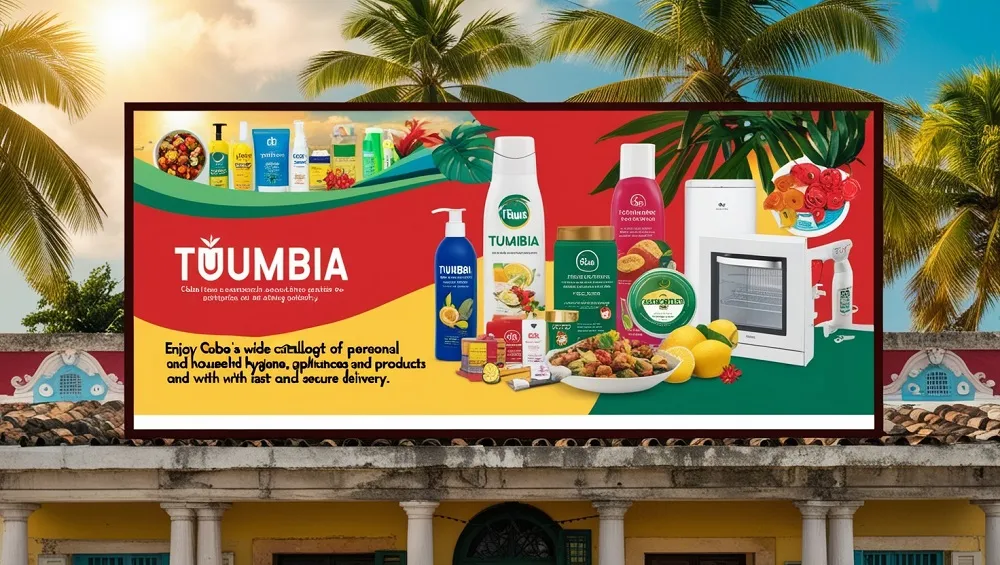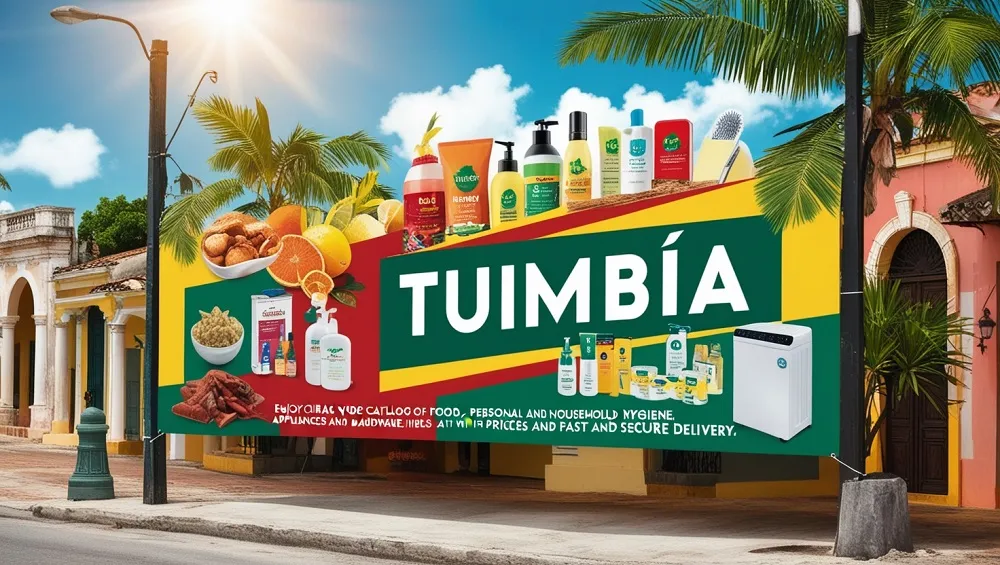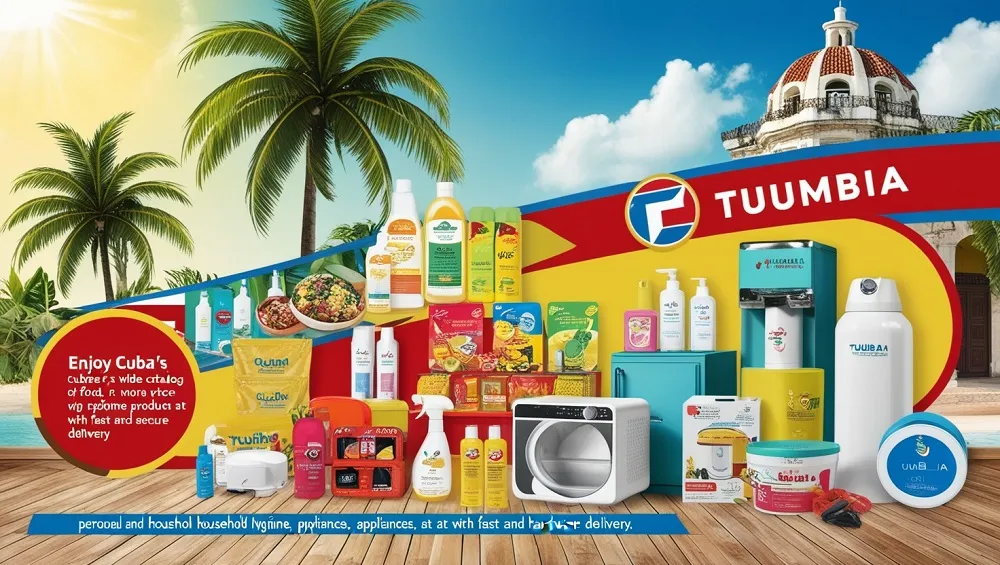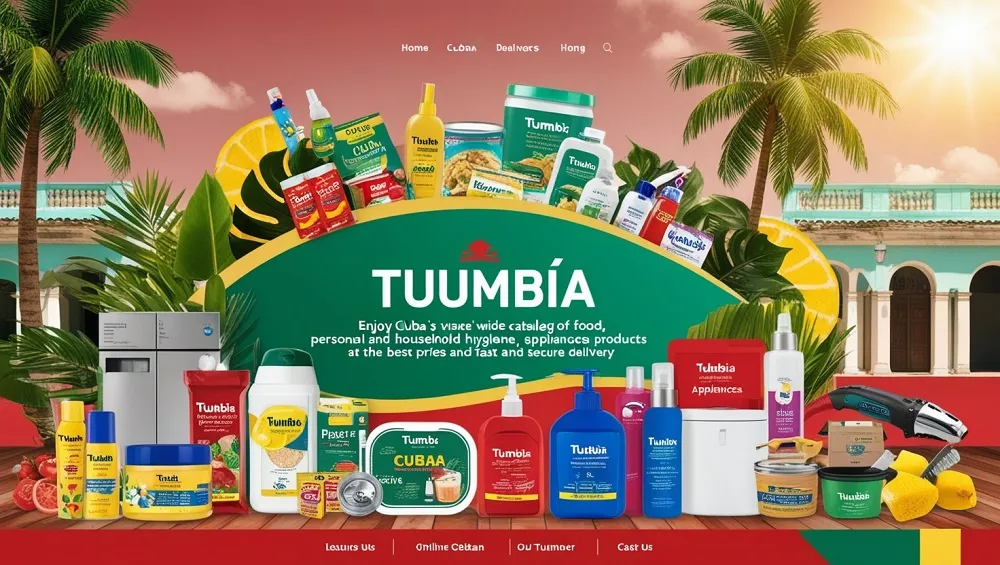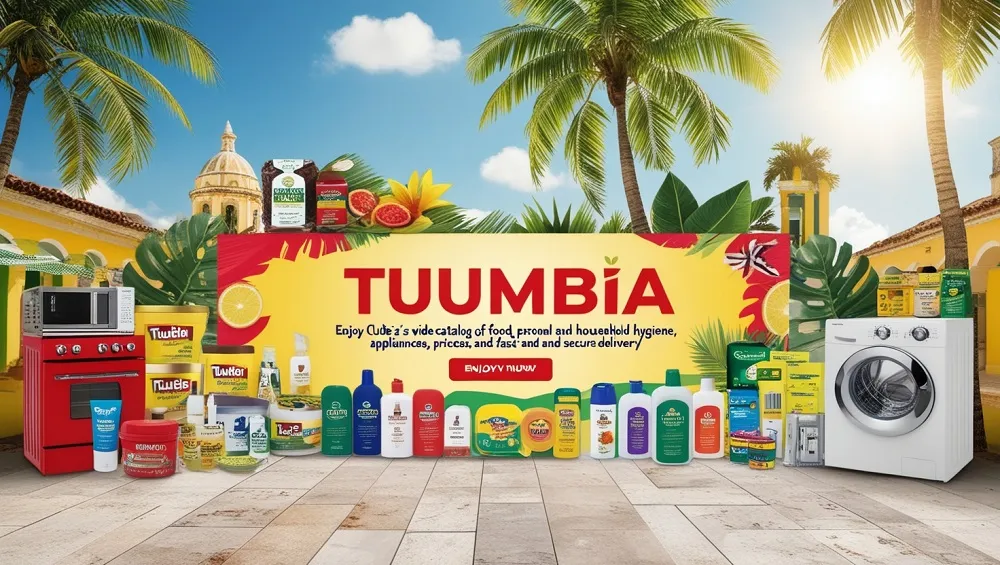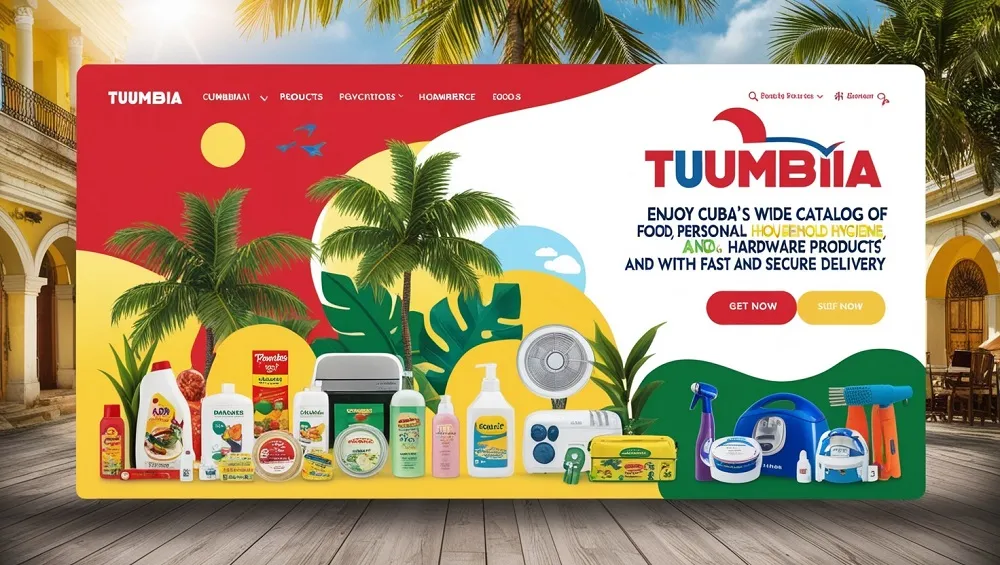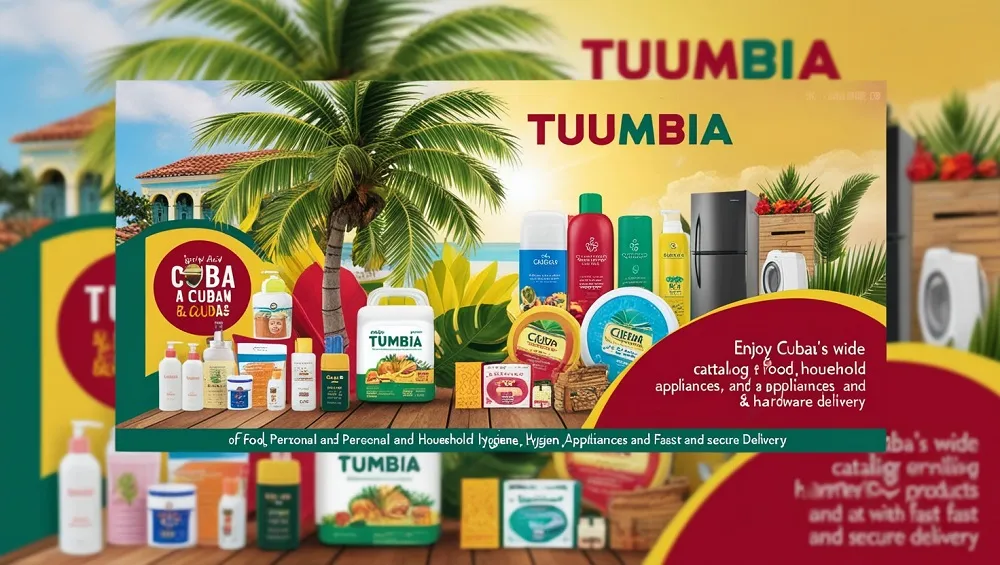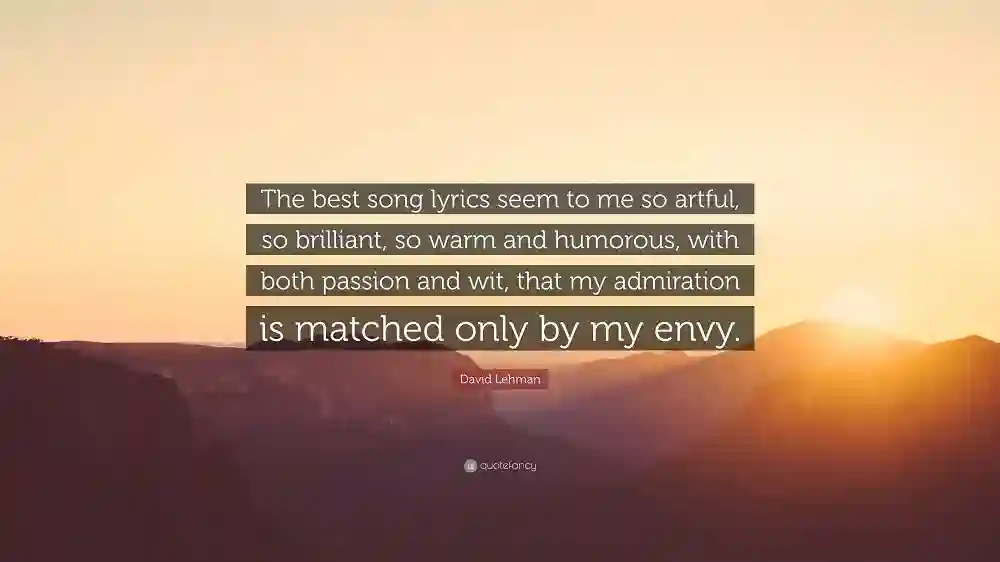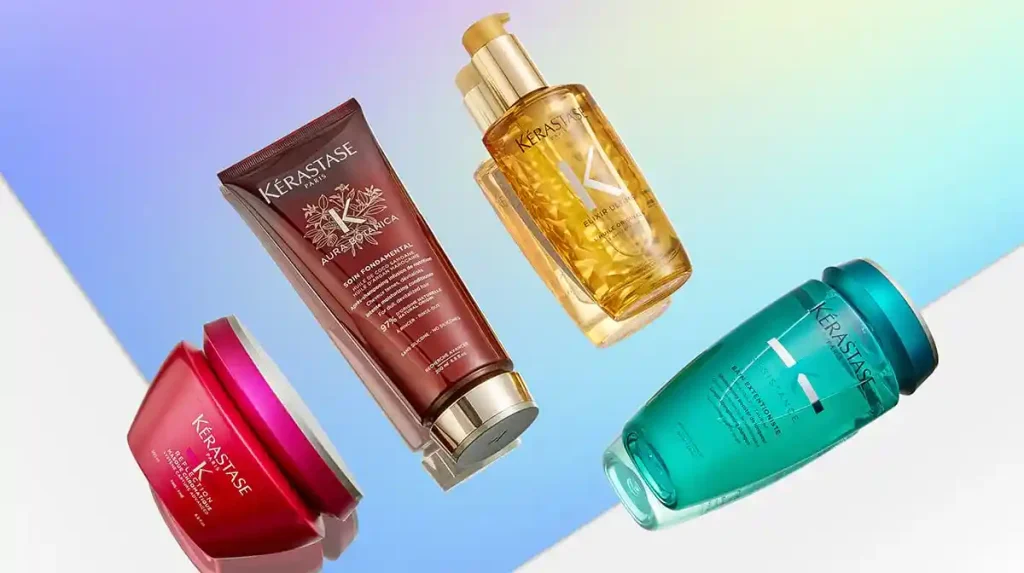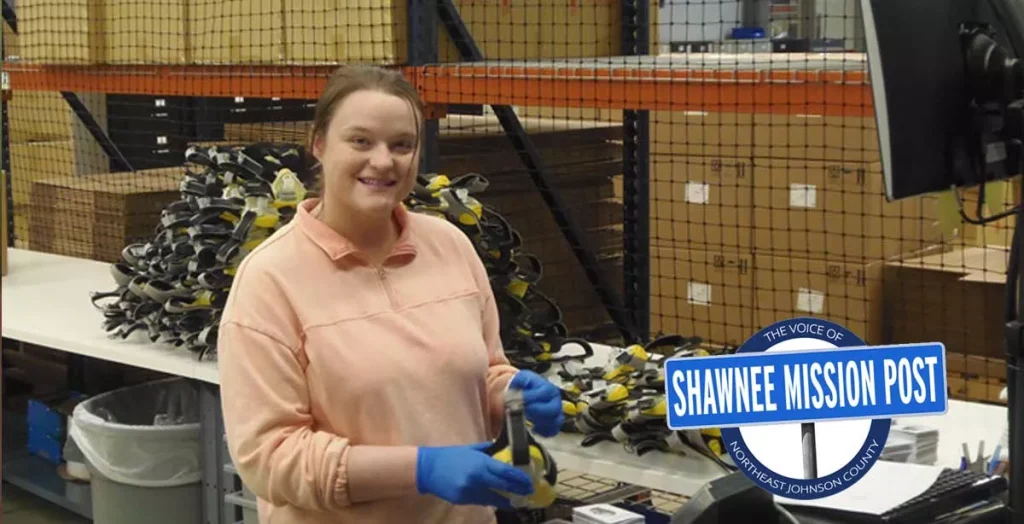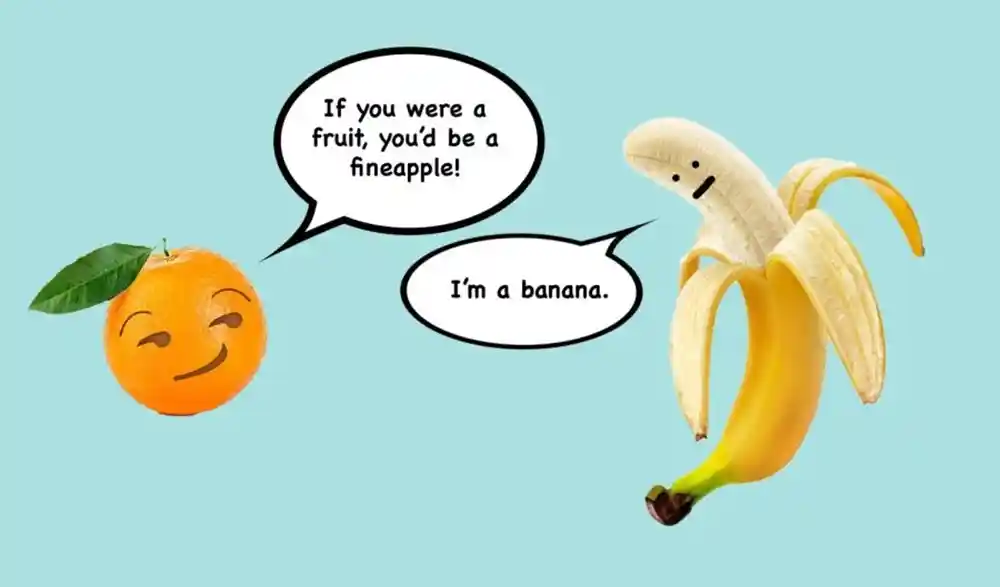Your Topics Multiple Stories Across Different Themes: A Journey Through Storytelling

Alright, buckle up, because we’re about to dive into one of my all-time favorite tricks for content creation: “Your Topics Multiple Stories.” It sounds fancy, right? Like a secret code to unlocking the universe of storytelling. But here’s the kicker—it’s really just about telling multiple, distinct stories from different angles about the same thing. I mean, think of it like getting the same order at your favorite restaurant, but you mix it up each time: a little extra garlic, a new side, maybe even a splash of hot sauce. Same basic dish, but oh, so different.
Why Bother With Multiple Stories?
You’re probably asking yourself, “Why would I want to tell a hundred different stories about the same thing?” That’s a fair question, and let me tell you, I’ve been there. But here’s the deal—telling multiple stories opens up a world of possibilities. It’s like, I dunno, being given a blank canvas and instead of painting the same ol’ still life, you decide to toss in some abstract shapes, a couple of zebras, and—just for fun—a flying pizza. Because why not?
Take, for instance, a topic as broad as “mental health.” If I were to approach it from just one angle, say, the clinical side, it’d be super dry and, well, kinda boring. But if I branch out and explore how mental health intersects with, say, art, fashion, or even space exploration (seriously, Google it), I’ve got a whole new universe of stories to tell.
So, yeah, “Your Topics Multiple Stories” is about taking something big and squashing it into smaller, bite-sized, but super juicy chunks that people actually want to chew on. The kind of content that pulls people in, keeps them clicking, and—who knows—might even get them to drop a like or share.
The Beauty of Multi-Dimensional Storytelling
Look, I won’t lie—I used to think the best way to keep an audience was to hammer home the same points over and over again. But one day, my friend Rob (bless his soul) told me, “You gotta get more creative with it, man.” That was when I started experimenting with “Your Topics Multiple Stories.” And let me tell you, it opened up doors I didn’t even know existed.
Take a topic like “climate change.” Sure, we’ve all read the same depressing article about rising sea levels and polar bears on melting ice. But try telling the same story from different perspectives:
- The Science Geek: I could talk about atmospheric CO2 levels, chemical reactions, and how volcanoes are like nature’s own little greenhouse gas factories.
- The Artist: Maybe I’d paint a picture of what the world could look like with sustainable tech—solar-powered cities, green rooftops, and floating farms.
- The Entrepreneur: Oh, and don’t get me started on how eco-friendly startups are cashing in on the whole “green” revolution. Talk about money-making while saving the planet.
- The Everyday Joe: Or I could share how some simple changes in diet, like swapping red meat for plant-based protein, can reduce one’s carbon footprint (trust me, it’s not that bad).
I’ve done that before with other topics too—personal development, social justice, even the history of the hamburger. Because when you give your audience different stories, it’s like offering them a sampler platter at the most wicked buffet ever.
SEO—But Not in a Boring Way
Alright, I know what you’re thinking: “SEO? Ugh, that sounds about as fun as reading the terms and conditions.” But stay with me here—there’s actually a sneaky little trick you can use to make SEO work for you while having fun with your storytelling. “Your Topics Multiple Stories” helps massively with SEO, because it opens up the door to a million long-tail keywords.
Let’s take the “climate change” example again. Instead of trying to rank for just the generic keyword “climate change,” I can rank for dozens of them, like:
- “What is carbon capture?”
- “How can solar energy power my home?”
- “Is plant-based eating really eco-friendly?”
- “Can tech save the planet?”
And hey, I’m not even lying—I learned this SEO trick the hard way. Back in 2019, I was pumping out articles left and right, but I was focusing on the wrong keywords. I’d get kinda decent traffic, but nothing crazy. After I started branching out with multiple angles (yep, “Your Topics Multiple Stories”), I started ranking for all kinds of related terms, and suddenly my views skyrocketed.
(Okay, fine, it didn’t skyrocket. It was more like a decent jump. But a jump’s a jump.)
Keeping the Flow While Telling Different Stories
Now, here’s the part that tripped me up for a while: Keeping the stories connected. The last thing you want is to confuse your audience, right? If you start with one angle and then abruptly switch, people are gonna bounce faster than a beach ball at a concert.
But there’s a trick to it: consistency. And I’m not talking about the type of consistency where you post a blog every day at exactly 9 AM (because let’s be honest, that’s not realistic for most of us). I mean maintaining a consistent theme that ties all of your stories together.
Here’s how you do it:
- Pick a central question or theme: For example, with the climate change thing, maybe you’re focused on “How can we fix it?”
- Maintain a common tone: If you’re writing a casual blog post about tech startups tackling climate change, keep it fun. But if you’re talking about the scientific facts, don’t go all informal. Keep it serious, but not too dry.
- Keep your CTA (Call to Action) consistent: Whether you’re telling one story or ten, end with the same action—ask your readers to engage, share, or comment.
This way, your readers won’t get whiplash as they bounce from one story to the next. You can totally jump from science to art to business, but you need that constant thread that pulls everything back together.
Mix It Up—Formats, Baby!
Look, I’m a writer, so naturally, my brain jumps to words. But if you really want to go wild with “Your Topics Multiple Stories,” you need to break out of the text box and into other formats. That’s where the real fun happens.
Imagine:
- A blog post plus a video that demonstrates the science behind climate change.
- An Instagram carousel explaining how people can reduce their carbon footprint by making small life changes.
- A podcast episode where you bring in an expert to talk about climate change policies.
- A TikTok series where you break down eco-friendly hacks in 30 seconds (I mean, who doesn’t love a good 30-second hack, right?)
That’s how you cover all your bases and engage different types of audiences. Not everyone reads blogs, and not everyone watches videos. So, give ‘em both!
The Future of “Your Topics Multiple Stories”
Fast forward past three failed attempts to get my herb garden going (don’t ask, it’s a tragedy), and I’ve come to realize that “Your Topics Multiple Stories” is going to be the future of content creation. As AI tools continue to evolve, creating multiple stories for the same topic will get easier, but that doesn’t mean the value of a good story will ever go away. The personal touch? That’s still what matters most.
Anyway, here’s the kicker—if you can keep your stories fresh, fun, and varied, your audience will keep coming back for more. No AI-generated text can compete with genuine creativity. And if you’re anything like me, I’d rather have a few people who love my work than thousands who think I’m just another chatbot.
Conclusion
“Your Topics Multiple Stories”—it’s a strategy that’s both an art and a science. By giving your audience more ways to engage, more angles to consider, and more ways to experience your content, you can make your writing stand out in a sea of one-dimensional narratives. Trust me, once you get the hang of it, you’ll wonder why you ever wrote a boring, single-focused article in the first place.











